Table of Contents
The UNESCO Sites in France have resulted from the recognition of 49 cultural and natural landmarks as UNESCO World Heritage Sites in France and 36 locations on the France UNESCO tentative list. These touristic sites in France are acknowledged for their unique and valuable cultural, natural, artistic, and historic significance and are preserved for future generations to enjoy.
In addition to these 49 sites in the France UNESCO list, there are many other places to travel to France that are being considered for UNESCO recognition. These sites, listed on the tentative list, showcase the rich cultural heritage of the country and are waiting for approval to join the prestigious and famous World Heritage Sites list.
To help visitors discover these remarkable France tourist attractions, we have put together an interactive map of the UNESCO sites in France.
France UNESCO Map
Click markers to show information and photo.
World Heritage Sites in France
UNESCO World Heritage Sites in France
There are 49 UNESCO World Heritage Sites in France. All of these three sites are listed under the Cultural category.
- Abbey Church of Saint-Savin sur Gartempe
- Amiens Cathedral
- Arles, Roman and Romanesque Monuments
- Belfries of Belgium and France
- Bordeaux, Port of the Moon
- Bourges Cathedral
- Canal du Midi
- Cathedral of Notre-Dame, Former Abbey of Saint-Rémi and Palace of Tau, Reims
- Champagne Hillsides, Houses and Cellars
- Chartres Cathedral
- Cistercian Abbey of Fontenay
- Cordouan Lighthouse
- Decorated Cave of Pont d’Arc, known as Grotte Chauvet-Pont d’Arc, Ardèche
- Episcopal City of Albi
- Fortifications of Vauban
- From the Great Saltworks of Salins-les-Bains to the Royal Saltworks of Arc-et-Senans, the Production of Open-pan Salt
- Historic Centre of Avignon: Papal Palace, Episcopal Ensemble and Avignon Bridge
- Historic Fortified City of Carcassonne
- Historic Site of Lyon
- Jurisdiction of Saint-Emilion
- Le Havre, the City Rebuilt by Auguste Perret
- Mont-Saint-Michel and its Bay
- Nice, Winter Resort Town of the Riviera
- Nord-Pas de Calais Mining Basin
- Palace and Park of Fontainebleau
- Palace and Park of Versailles
- Paris, Banks of the Seine
- Place Stanislas, Place de la Carrière and Place d’Alliance in Nancy
- Pont du Gard (Roman Aqueduct)
- Prehistoric Pile Dwellings around the Alps
- Prehistoric Sites and Decorated Caves of the Vézère Valley
- Provins, Town of Medieval Fairs
- Roman Theatre and its Surroundings and the “Triumphal Arch” of Orange
- Routes of Santiago de Compostela in France
- Strasbourg, Grande-Île and Neustadt
- Taputapuātea
- The Architectural Work of Le Corbusier, an Outstanding Contribution to the Modern Movement
- The Causses and the Cévennes, Mediterranean agro-pastoral Cultural Landscape
- The Climats, terroirs of Burgundy
- The Great Spa Towns of Europe
- The Loire Valley between Sully-sur-Loire and Chalonnes
- Vézelay, Church and Hill
- Ancient and Primeval Beech Forests of the Carpathians and Other Regions of Europe
- Chaîne des Puys – Limagne fault tectonic arena
- French Austral Lands and Seas
- Gulf of Porto: Calanche of Piana, Gulf of Girolata, Scandola Reserve
- Lagoons of New Caledonia: Reef Diversity and Associated Ecosystems
- Pitons, cirques and remparts of Reunion Island
- Pyrénées – Mont Perdu
UNESCO World Heritage Sites in France are protected locations for their cultural and natural importance.
Abbey Church of Saint-Savin sur Gartempe
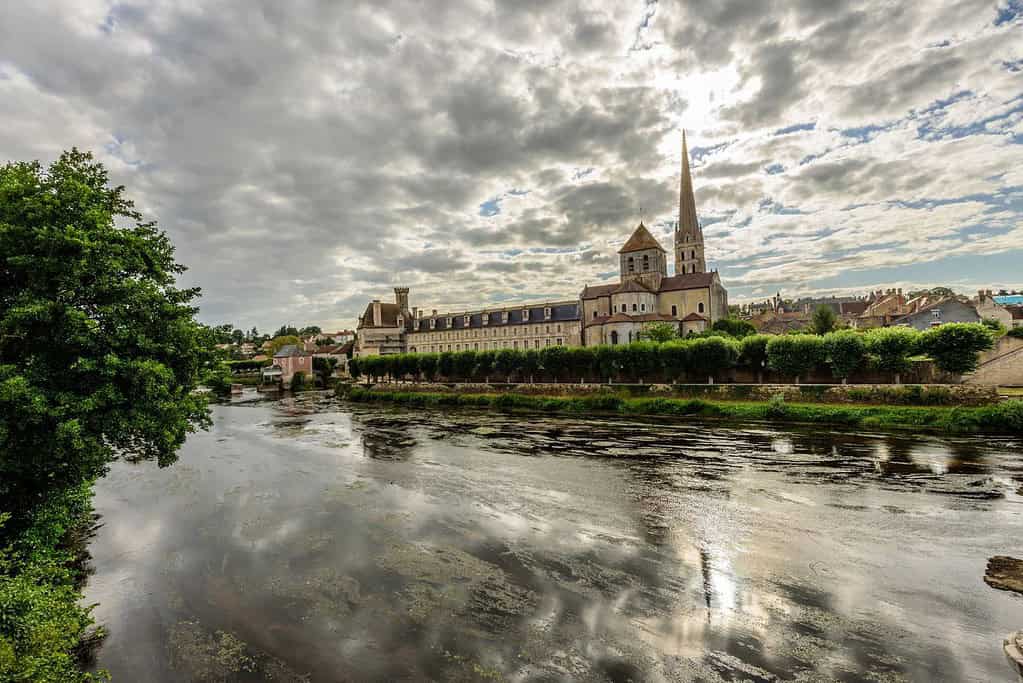
The Abbey Church of Saint-Savin sur Gartempe is a remarkable UNESCO World Heritage Site located in France. This majestic church is renowned for its exceptional Romanesque architecture and stunning frescoes. Dating back to the 11th century, the church boasts a beautifully preserved nave and choir, adorned with intricate sculptural details. However, its true highlight lies in the extraordinary series of frescoes that adorn the walls, depicting biblical scenes and stories. These vibrant and remarkably well-preserved frescoes make the Abbey Church of Saint-Savin sur Gartempe a captivating destination for art and history enthusiasts worldwide.
Amiens Cathedral
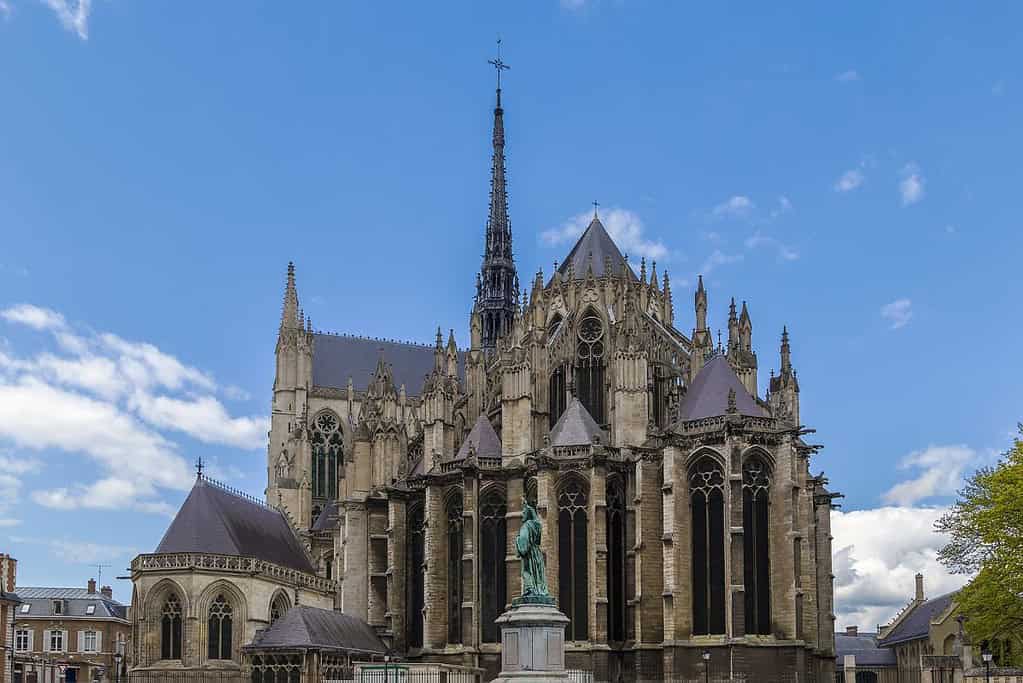
Amiens Cathedral, a UNESCO World Heritage Site in Amiens, France, is a magnificent example of Gothic architecture. Built-in the 13th century, this towering cathedral stands as a testament to the skill and artistry of medieval craftsmen. Its soaring nave, intricate stained glass windows, and ornate sculptures captivate visitors, showcasing the height of medieval craftsmanship. The cathedral’s remarkable size and grandeur make it one of the largest Gothic cathedrals in France, drawing countless admirers from around the world. Amiens Cathedral is a place of worship and a cultural icon that tells the story of France’s rich history and architectural prowess.
Arles, Roman and Romanesque Monuments
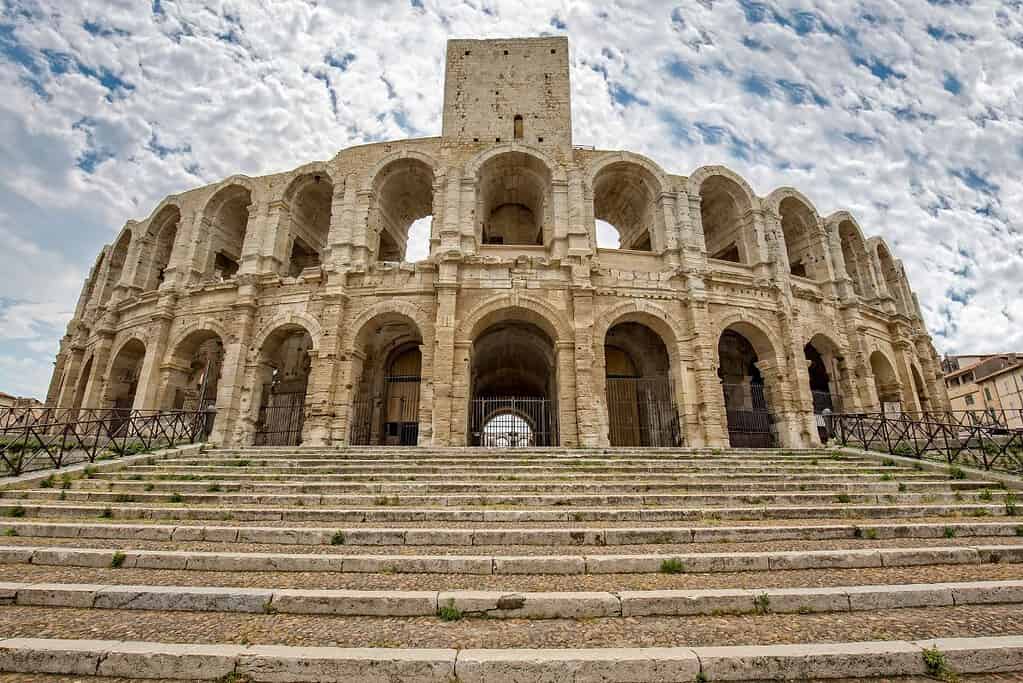
Arles, Roman, and Romanesque Monuments is a collection of UNESCO World Heritage Sites in Arles, France. This remarkable ensemble showcases the rich history and architectural legacy of the city. The site includes various Roman and Romanesque structures that highlight the town’s importance during the Roman Empire and the medieval period. Among the notable monuments is the well-preserved Roman Arena, an iconic amphitheater that once hosted gladiator fights and other spectacles. The Roman Theater, with its impressive stage wall, stands as a testament to the city’s cultural and artistic past. The Cryptoporticus, a subterranean gallery, and the Alyscamps, an ancient necropolis, provide glimpses into Arles’ ancient heritage. These historic landmarks collectively offer a captivating journey through time and are a true treasure for history and architecture enthusiasts alike.
Belfries of Belgium and France

The Belfries of Belgium and France is a collection of UNESCO World Heritage Sites with great historical and cultural significance. These belfries are iconic towers originally built as watchtowers during the medieval period. They served as symbols of civic power and played a crucial role in communication, as their bells would ring to alert the community of important events or dangers. The belfries showcase remarkable architectural styles, ranging from Romanesque to Gothic and Baroque. Today, they stand as proud reminders of the rich heritage and craftsmanship of the regions, offering visitors a glimpse into the past and a chance to admire their beauty and grandeur.
Bordeaux, Port of the Moon
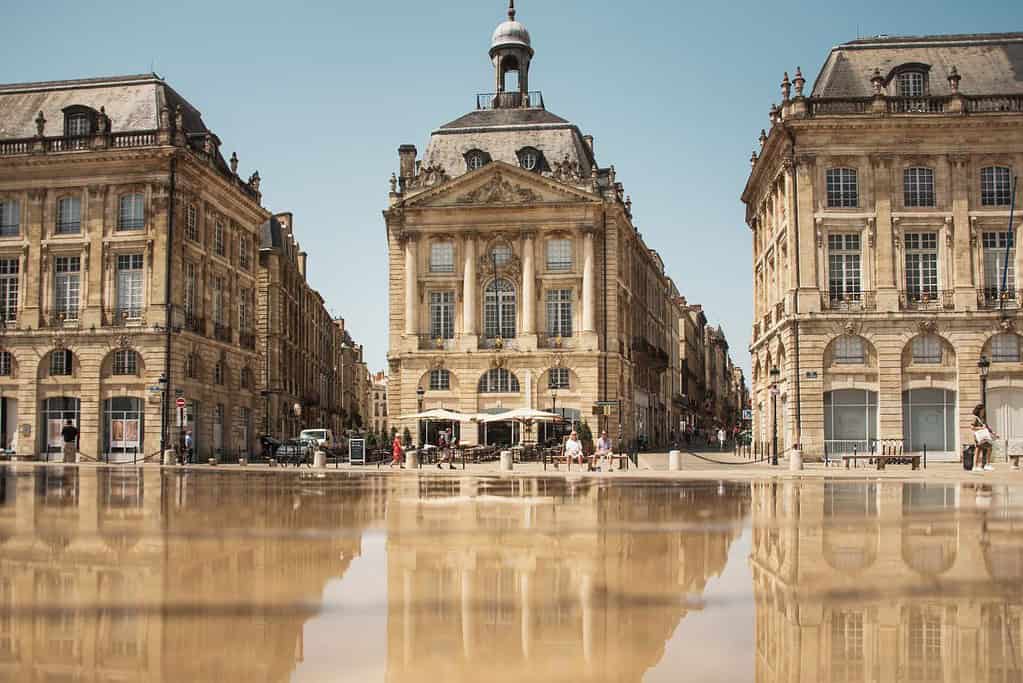
Bordeaux, Port of the Moon, is a UNESCO World Heritage Site in Bordeaux, France. This historic area is renowned for its exceptional urban and architectural ensemble, showcasing the city’s rich cultural heritage. The name “Port of the Moon” comes from the crescent shape formed by the Garonne River, which flows through Bordeaux. The site features stunning 18th-century buildings and neoclassical landmarks like the Place de la Bourse and the Grand Théâtre. It is a testament to Bordeaux’s significance as a flourishing trading port and a hub of economic and cultural exchange. Today, visitors can explore the charming streets, elegant squares, and majestic waterfront, experiencing Bordeaux’s harmonious blend of history, architecture, and vibrant contemporary life.
Bourges Cathedral
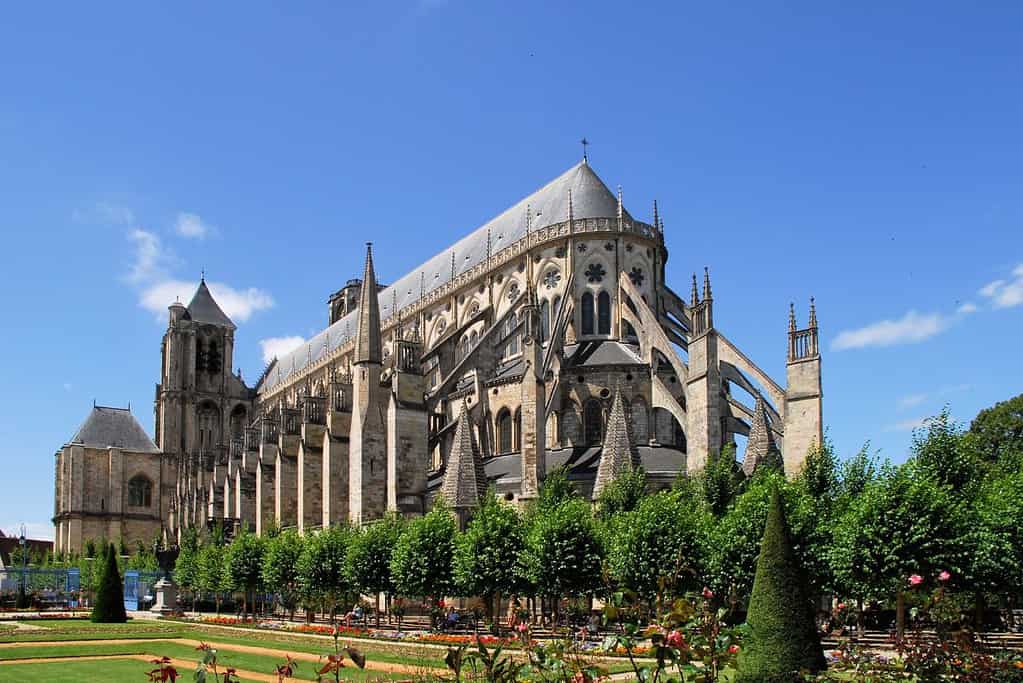
Bourges Cathedral, a UNESCO World Heritage Site, is a magnificent masterpiece of Gothic architecture in Bourges, France. Built between the 12th and 13th centuries, it is a testament to the skilled craftsmanship of the medieval period. The cathedral’s striking facade showcases intricate sculptures and delicate stained glass windows, while its soaring spires reach towards the heavens. Inside, visitors are awed by the grandeur of the nave, adorned with rib vaults and stunning flying buttresses. Bourges Cathedral is an architectural marvel, a symbol of religious devotion, and a significant historical landmark in France.
Canal du Midi
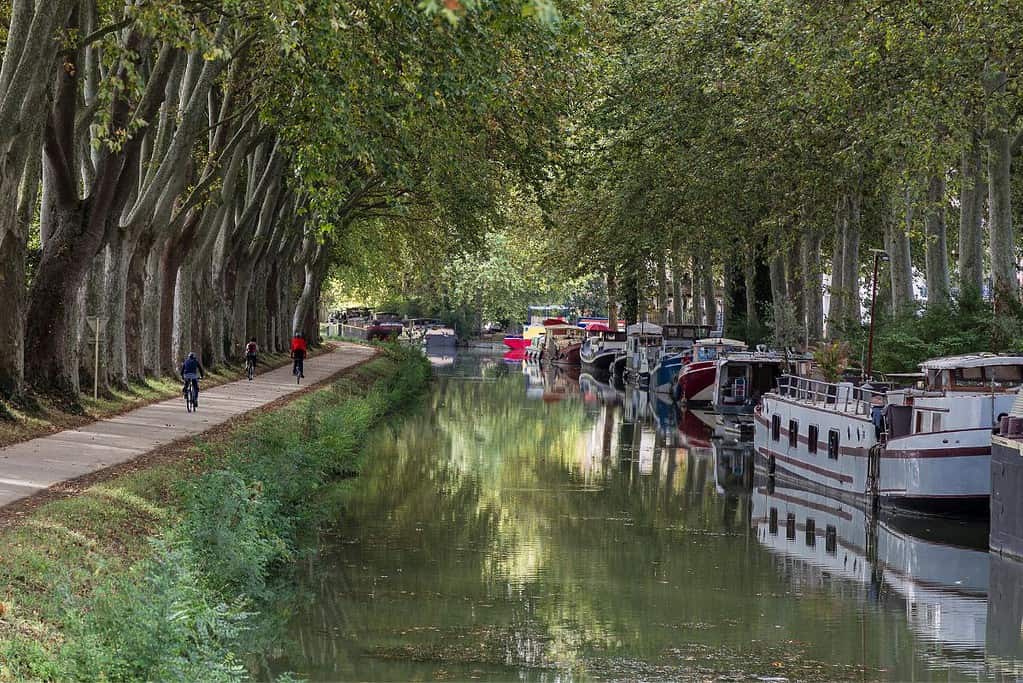
The Canal du Midi is a remarkable UNESCO World Heritage Site in southern France. This historic canal stretches over 240 kilometers, connecting the Mediterranean Sea to the Atlantic Ocean. Constructed in the 17th century, it stands as a testament to the innovative engineering and vision of its creator, Pierre-Paul Riquet. The canal is celebrated for its exceptional engineering feats, such as its impressive locks, aqueducts, and bridges. It winds through picturesque landscapes, traversing lush vineyards, charming villages, and captivating countryside. Today, the Canal du Midi remains a popular destination for boating enthusiasts, history lovers, and nature enthusiasts, offering a tranquil and captivating experience of France’s rich cultural and natural heritage.
Cathedral of Notre-Dame, Former Abbey of Saint-Rémi and Palace of Tau, Reims
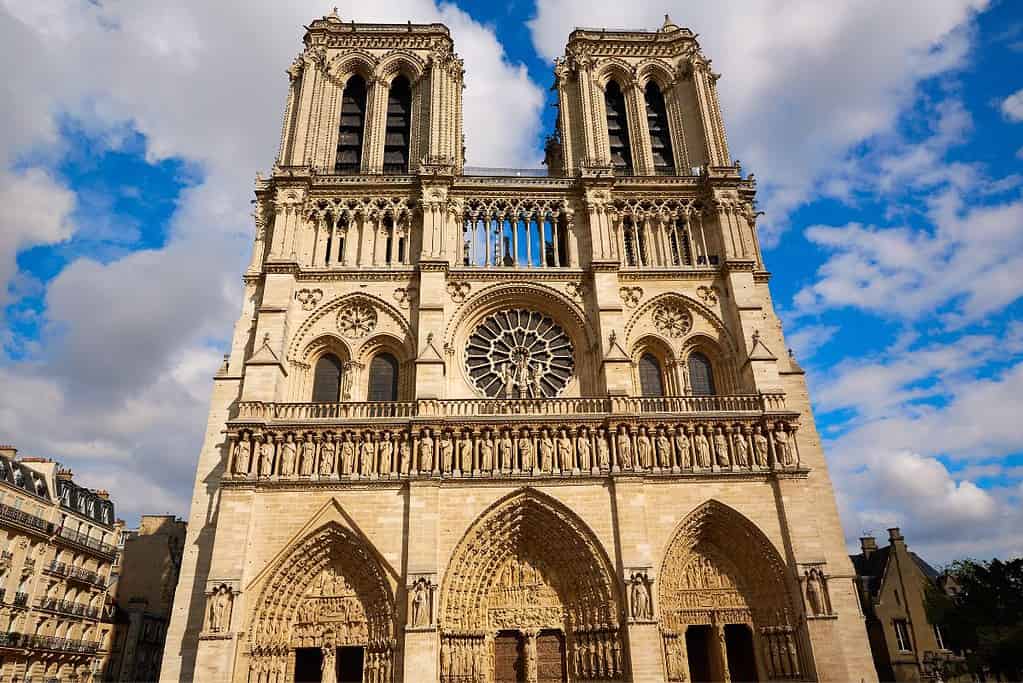
The Cathedral of Notre Dame, the Former Abbey of Saint-Rémi, and the Palace of Tau in Reims, France, are UNESCO World Heritage Sites of great historical and cultural significance. The majestic Cathedral of Notre Dame’s striking Gothic architecture, is renowned for its intricate stained glass windows and iconic towers. The Former Abbey of Saint-Rémi, founded in the 6th century, is a masterpiece of Romanesque art and houses the remains of Saint Rémi, the patron saint of France. Once the residence of the archbishops of Reims, the Palace of Tau showcases a remarkable collection of royal treasures and serves as a testament to the region’s rich royal history. Together, these sites offer visitors a captivating journey through the centuries and provide a glimpse into the grandeur of Reims’ past.
Champagne Hillsides, Houses, and Cellars
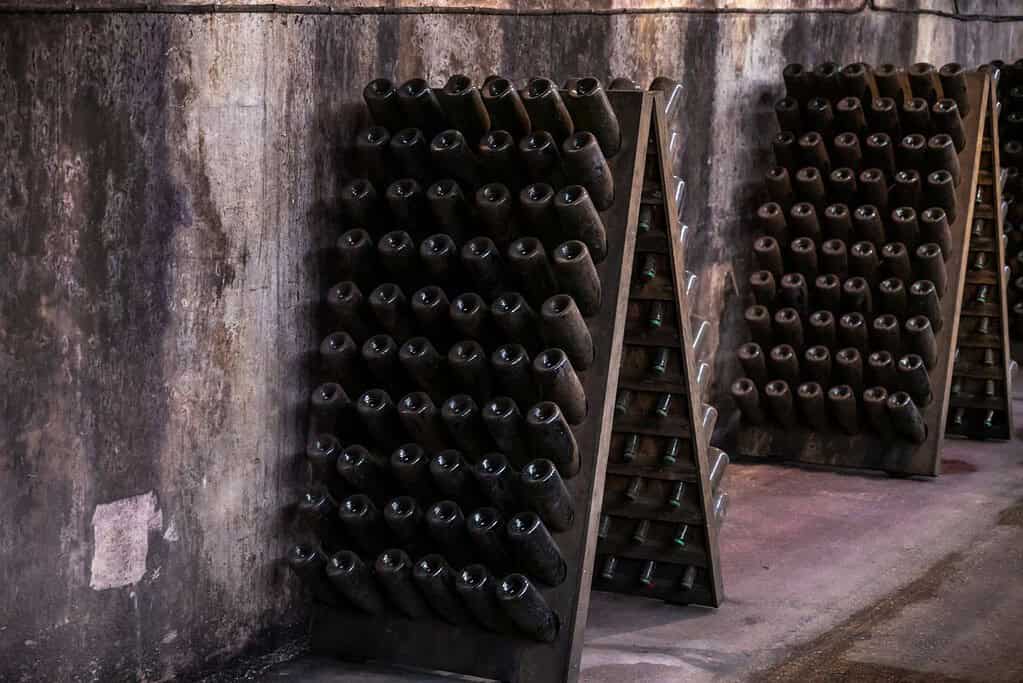
Champagne Hillsides, Houses, and Cellars is a remarkable UNESCO World Heritage Site in France’s Champagne region. This site is renowned for its vineyards, charming houses, and historic cellars, representing the centuries-old tradition of Champagne production. The landscape is adorned with rolling hills covered in vineyards, where the famous Champagne grapes are grown. The houses and cellars are emblematic of the region’s rich winemaking heritage and showcase the craftsmanship involved in Champagne production. This UNESCO site offers visitors a captivating journey through the history, culture, and exceptional landscapes of one of the world’s most celebrated wine regions.
Chartres Cathedral
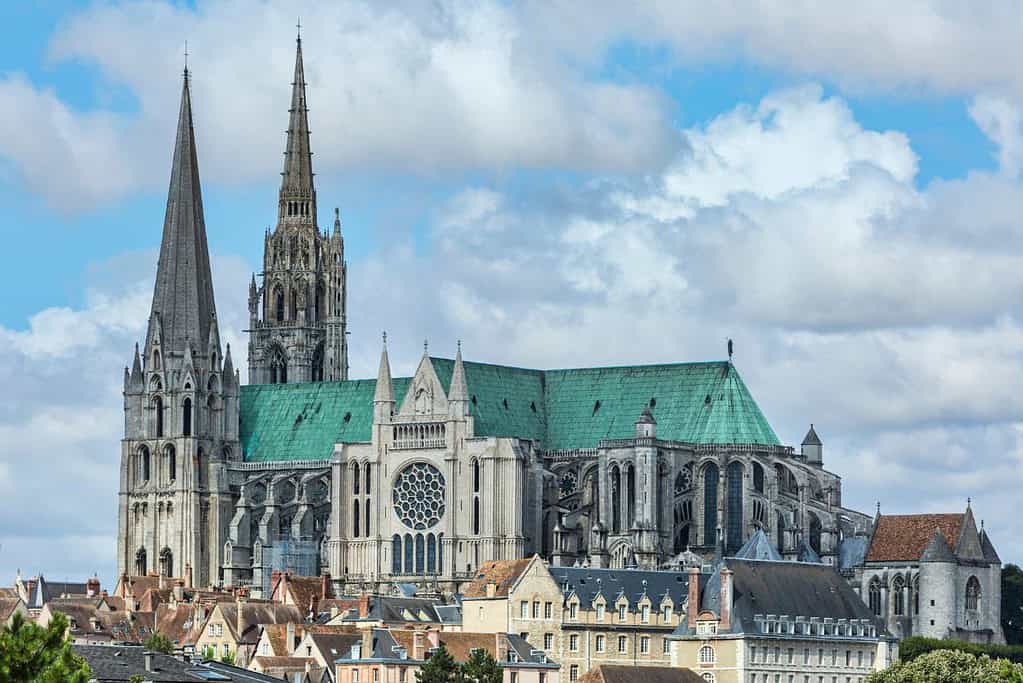
Chartres Cathedral, located in Chartres, France, is a UNESCO World Heritage Site of exceptional historical and architectural significance. This magnificent Gothic cathedral is renowned for its stunning stained glass windows, intricate sculptures, and impressive spires that dominate the city’s skyline. The cathedral’s construction dates back to the 12th century and represents the pinnacle of French Gothic architecture. Its interior boasts a sense of grandeur, with soaring vaulted ceilings and a labyrinth that has captivated visitors for centuries. Chartres Cathedral is a testament to human ingenuity and artistic mastery, captivating all who enter its sacred space.
Cistercian Abbey of Fontenay
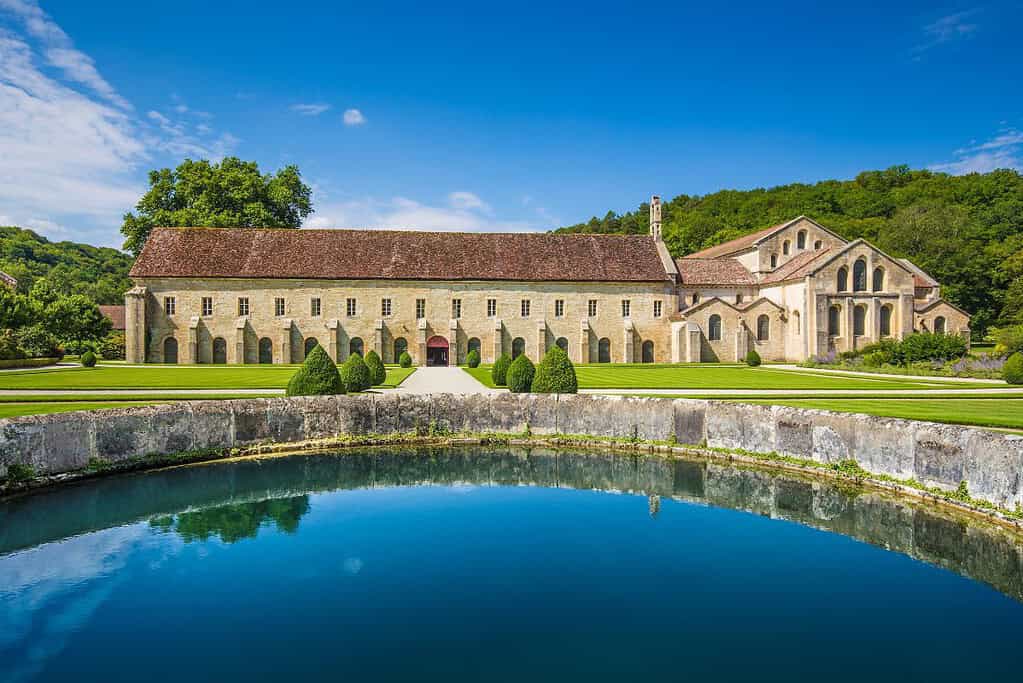
The Cistercian Abbey of Fontenay is France’s renowned UNESCO World Heritage Site. It stands as a remarkable example of medieval Cistercian architecture and is one of the oldest surviving Cistercian monasteries in the world. Founded in 1118, the abbey showcases a harmonious blend of Romanesque and Gothic styles, with its church, cloister, and other buildings beautifully preserved. The serene and tranquil atmosphere of Fontenay Abbey, nestled amidst picturesque surroundings, allows visitors to appreciate this historical gem’s religious and architectural significance.
Cordouan Lighthouse
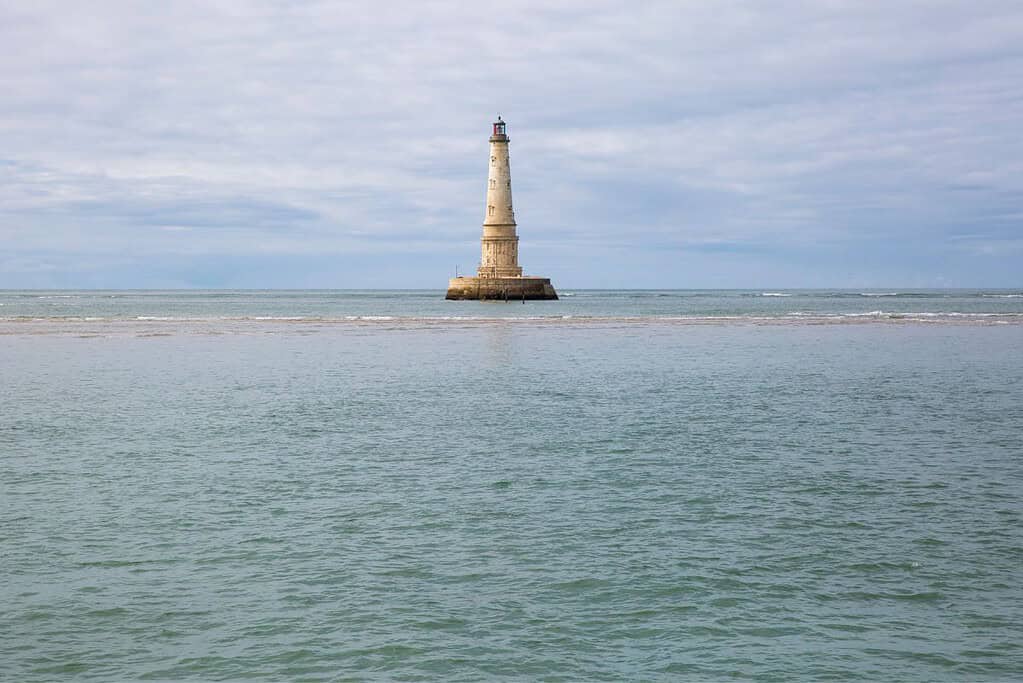
Cordouan Lighthouse, located in France, is a remarkable UNESCO World Heritage Site. It stands proudly at the mouth of the Gironde Estuary, guiding ships since its construction in the early 17th century. Cordouan Lighthouse is an architectural masterpiece and a symbol of maritime history and innovation. Its elegant design, blending Gothic and Renaissance styles, showcases the skill and craftsmanship of the time. The lighthouse remains operational today, offering breathtaking views from its observation deck and serving as a testament to the enduring significance of navigation and safety at sea.
Decorated Cave of Pont d’Arc, known as Grotte Chauvet-Pont d’Arc, Ardèche
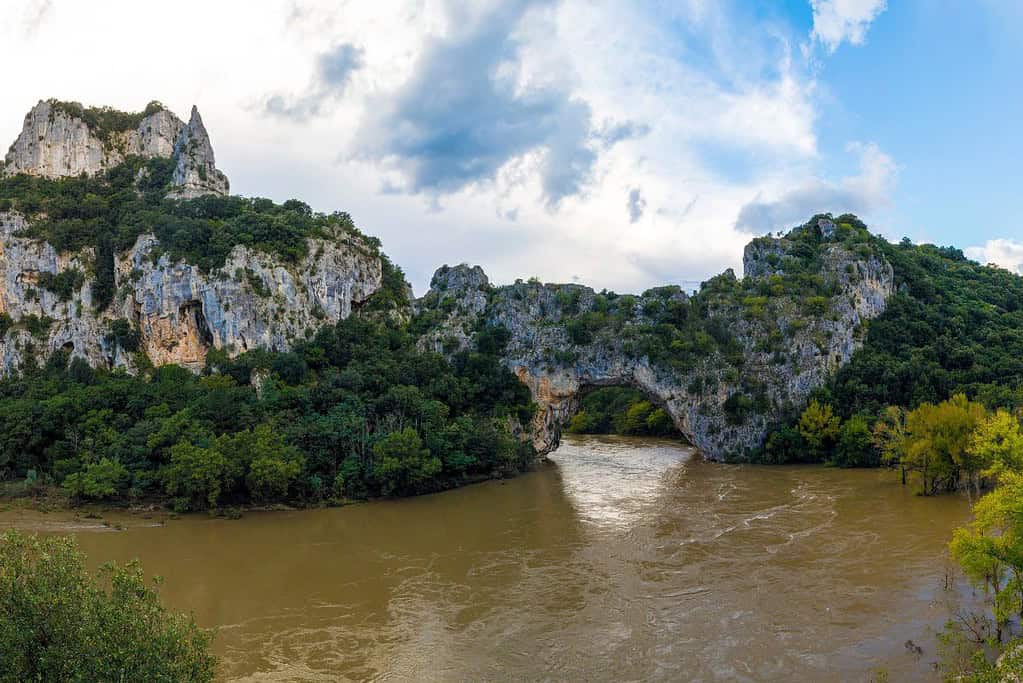
The Decorated Cave of Pont d’Arc, also known as Grotte Chauvet-Pont d’Arc, is a remarkable UNESCO World Heritage Site in France’s Ardèche region. This cave holds extraordinary ancient rock art that dates back approximately 36,000 years, making it one of the world’s oldest and most well-preserved examples of prehistoric art. The cave’s walls showcase stunningly detailed and intricate paintings depicting various animals, including horses, mammoths, rhinoceroses, and even cave lions. Exploring the Decorated Cave of Pont d’Arc offers a unique glimpse into the artistic achievements of our ancient ancestors and provides invaluable insights into the rich history of human civilization.
Episcopal City of Albi
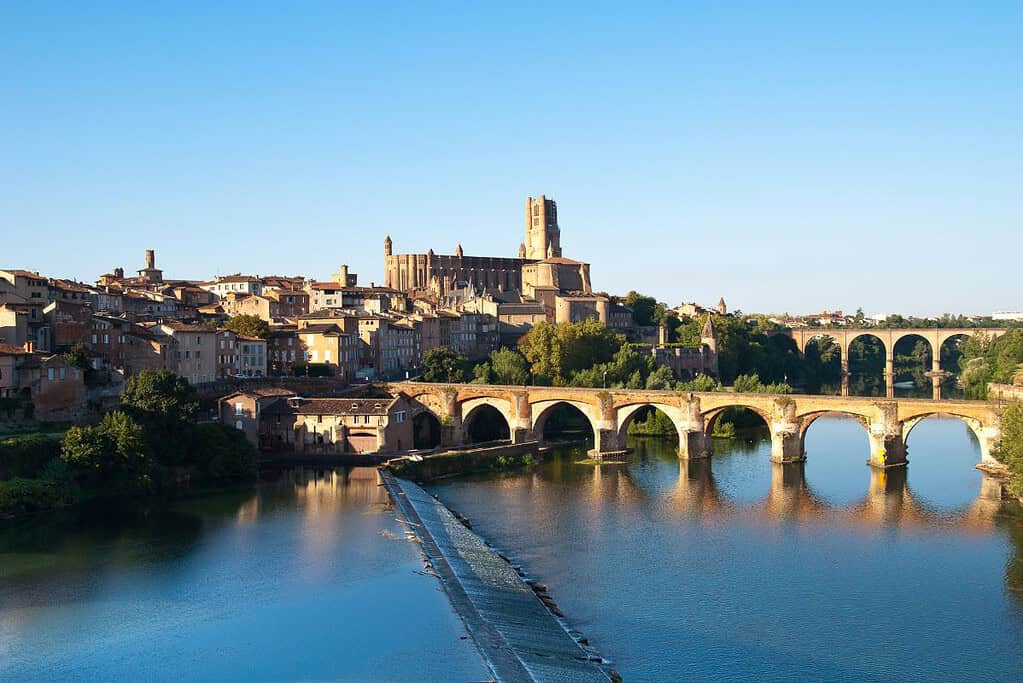
The Episcopal City of Albi is a UNESCO World Heritage Site in southern France. It is renowned for its exceptional architectural and historical significance. The centerpiece of the city is the impressive Cathedral of Sainte-Cécile, a masterpiece of Gothic architecture with its intricate stone carvings and vibrant frescoes. Surrounding the cathedral is the medieval Old Town, characterized by narrow streets, half-timbered houses, and charming squares. Another notable structure is the Berbie Palace, a fortress-like residence that now houses the Toulouse-Lautrec Museum, showcasing the works of the famous painter. The Episcopal City of Albi offers visitors a captivating journey through history, art, and culture in a picturesque setting.
Fortifications of Vauban
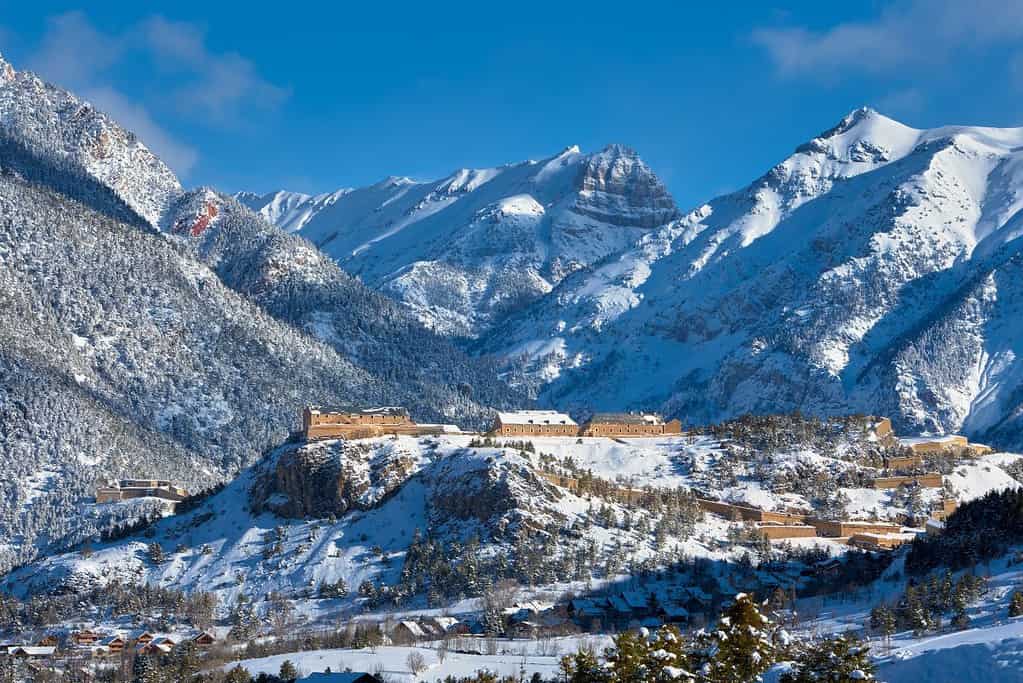
The Fortifications of Vauban are a series of UNESCO World Heritage Sites in France. These fortifications were designed by the military engineer Sébastien Le Prestre de Vauban during the 17th century. They represent a remarkable example of military architecture and engineering from the time. The sites include numerous fortified cities and defensive structures, such as Fort Saint-André in Villeneuve-lès-Avignon, the Fortifications of Besançon, and the Citadel of Belle-Île. The Fortifications of Vauban showcase the strategic importance of fortifications during that era and provide insights into Vauban’s innovative designs, which greatly influenced military architecture in subsequent centuries.
From the Great Saltworks of Salins-les-Bains to the Royal Saltworks of Arc-et-Senans, the Production of Open-pan Salt
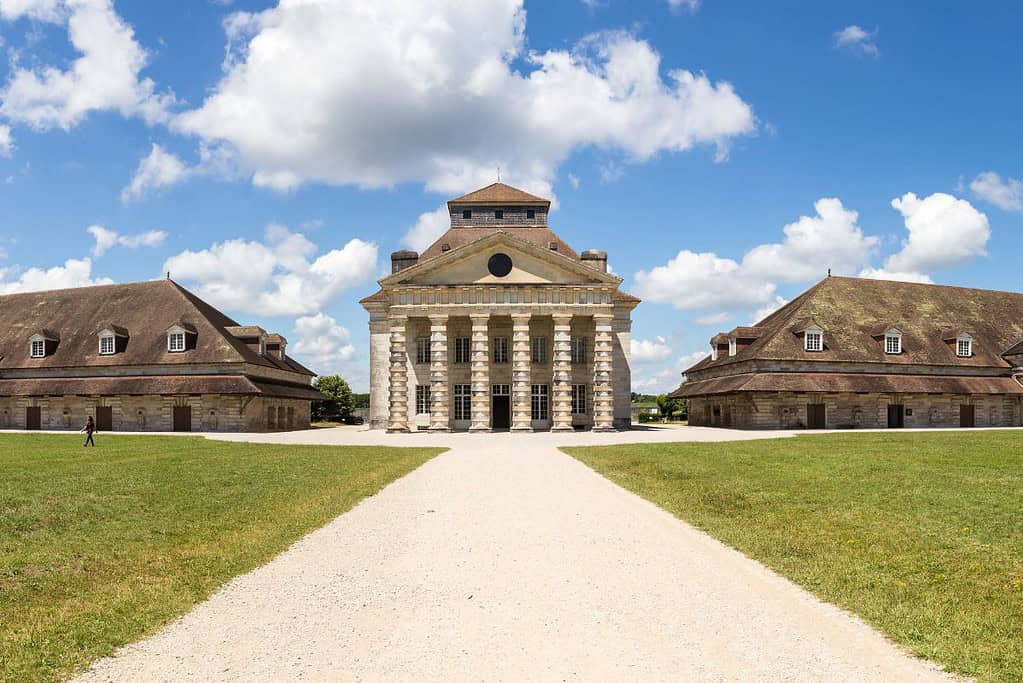
The Great Saltworks of Salins-les-Bains and the Royal Saltworks of Arc-et-Senans are UNESCO World Heritage Sites that showcase the production of open-pan salt. These sites in France provide a fascinating glimpse into the historical significance of salt production and its impact on local economies. The Great Saltworks of Salins-les-Bains, located in the Jura Mountains, features well-preserved saltworks and underground galleries highlighting the various stages of salt production. Meanwhile, the Royal Saltworks of Arc-et-Senans, designed by Claude-Nicolas Ledoux, is an architectural masterpiece with circular shapes and grand buildings. These sites offer visitors an opportunity to delve into the rich history and techniques of producing open-pan salt.
Historic Centre of Avignon: Papal Palace, Episcopal Ensemble, and Avignon Bridge
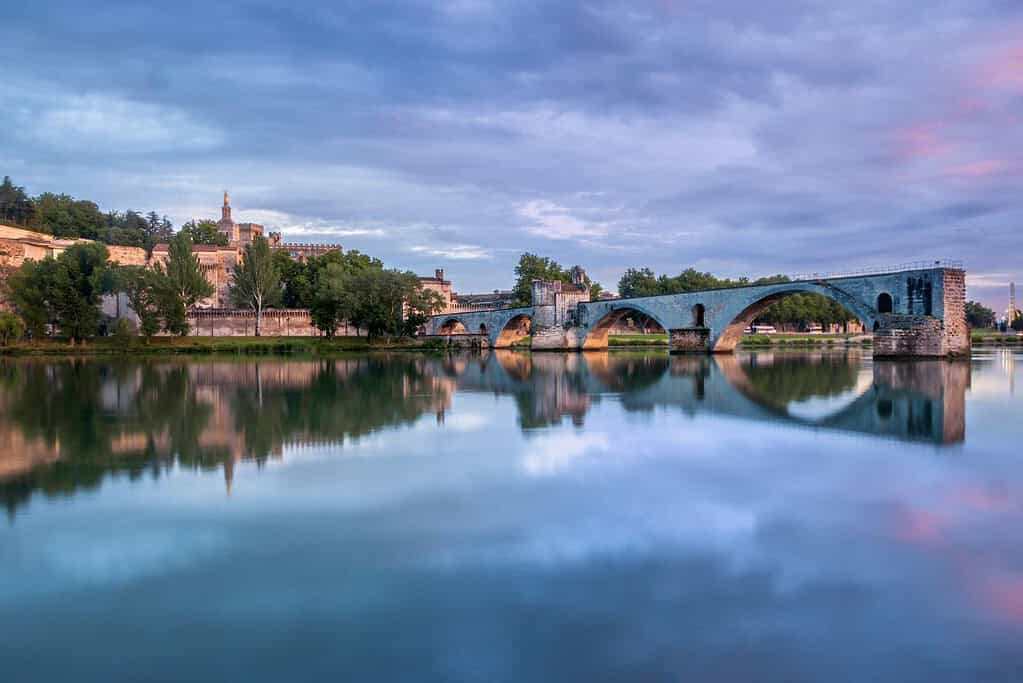
The Historic Centre of Avignon in France is a UNESCO World Heritage Site that comprises three remarkable landmarks: the Papal Palace, the Episcopal Ensemble, and the Avignon Bridge. The Papal Palace, also known as the Palais des Papes, is a grand Gothic palace that served as the residence of the Popes in the 14th century. Its impressive architecture and richly decorated interiors reflect the power and influence of the papacy during that time. The Episcopal Ensemble includes the Cathedral of Notre-Dame des Doms, a magnificent Romanesque cathedral, and the Petit Palais, an exquisite medieval palace housing an exceptional collection of religious art. Lastly, the Avignon Bridge, famously known as Pont d’Avignon, is an iconic medieval bridge that stretches across the Rhône River, capturing the imagination with its historical significance and poetic charm. These sites offer a captivating glimpse into Avignon’s rich cultural and architectural heritage.
Historic Fortified City of Carcassonne

The Historic Fortified City of Carcassonne is a remarkable UNESCO World Heritage Site located in the southern region of France. It is renowned for its exceptionally well-preserved medieval fortifications and cityscape, transporting visitors back in time. The city’s origins can be traced back over 2,500 years and has been an important strategic stronghold throughout history. The fortified walls, towers, and inner buildings within Carcassonne offer a captivating glimpse into the architectural and defensive prowess of the past. Today, the city remains a vibrant and enchanting destination, inviting travelers to explore its winding streets, visit its charming shops and cafes, and immerse themselves in its rich historical atmosphere.
Historic Site of Lyon

The Historic Site of Lyon is a UNESCO World Heritage Site in Lyon, France. It is renowned for its exceptional architectural and cultural heritage spanning over 2,000 years. The site showcases the city’s rich history, from its Roman origins to its evolution as a major European center during the Renaissance. Lyon’s well-preserved historic quarters, such as Vieux Lyon, Fourvière, and Croix-Rousse, are filled with narrow streets, stunning buildings, and impressive monuments. The site also includes remarkable landmarks like the Basilica of Notre-Dame de Fourvière, the ancient Roman theater, and the iconic traboules—hidden passageways that wind through the city’s buildings. The Historic Site of Lyon is a testament to the city’s enduring charm and cultural significance.
Jurisdiction of Saint-Emilion
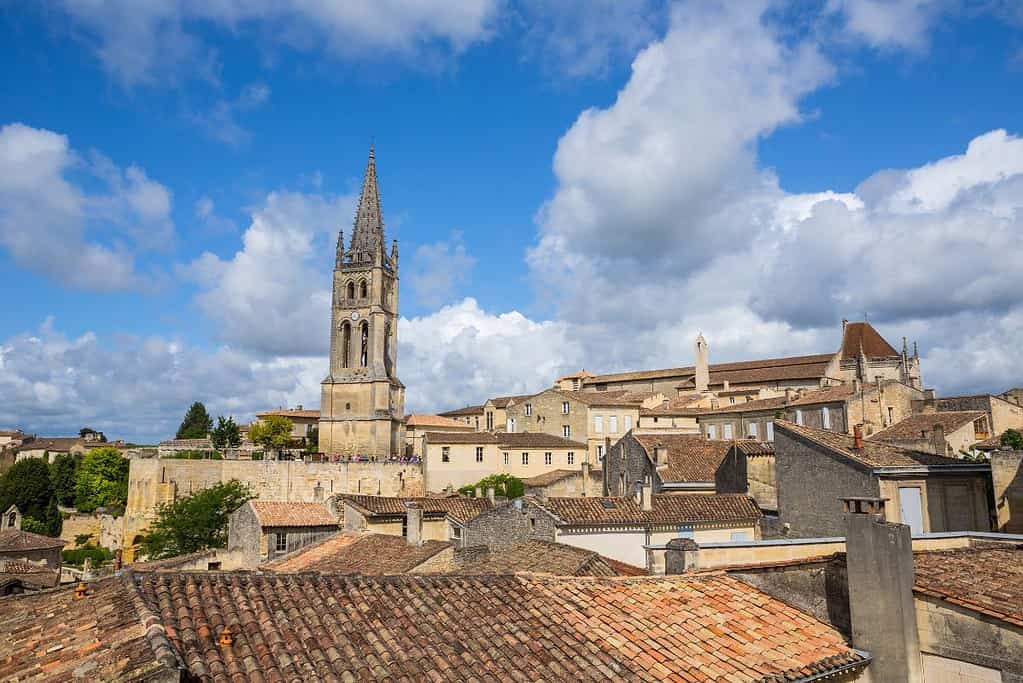
The Jurisdiction of Saint-Emilion is a UNESCO World Heritage Site located in the Bordeaux region of France. It encompasses the historic town of Saint-Emilion and its surrounding vineyards, which have been producing wine for over 2,000 years. The site is renowned for its exceptional viticultural landscape and the well-preserved medieval architecture of the town. Visitors can explore the picturesque streets lined with charming buildings, visit the underground monolithic church carved into the limestone, and indulge in wine tasting at the numerous renowned wineries in the area. The Jurisdiction of Saint-Emilion is a unique blend of natural beauty, cultural heritage, and wine-making traditions, making it a must-visit destination for wine enthusiasts and history lovers.
Le Havre, the City Rebuilt by Auguste Perret
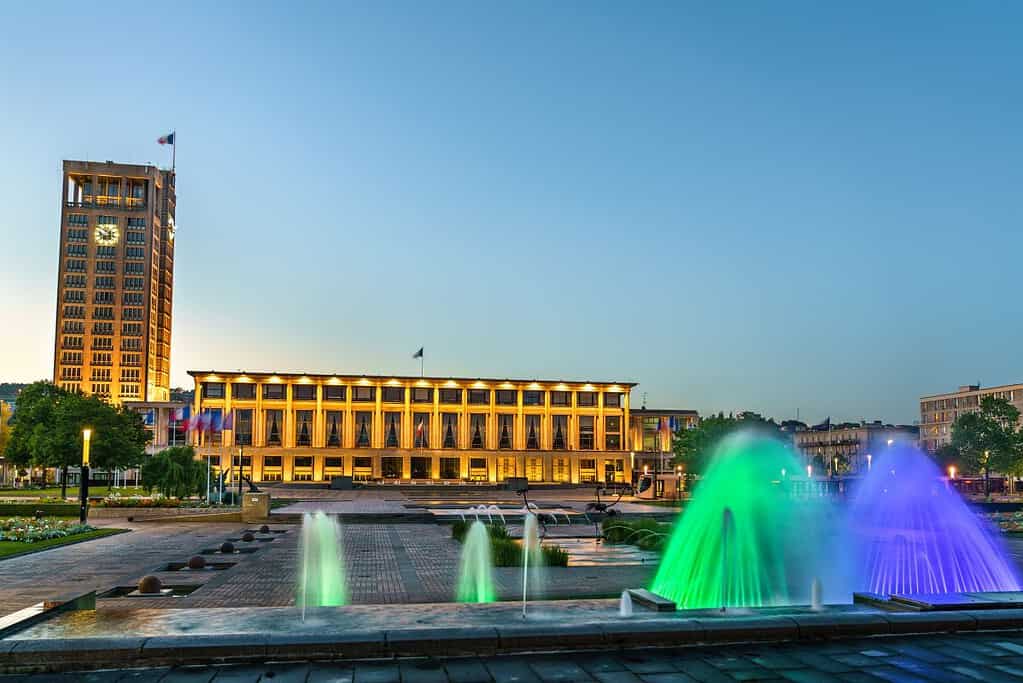
France’s UNESCO World Heritage Site is Le Havre, the City Rebuilt by Auguste Perret. This remarkable city is a testament to the innovative architectural vision of Auguste Perret, who reconstructed it after its destruction during World War II. Perret’s design harmoniously blends modernist principles with the city’s historic context, creating a unique urban landscape. Le Havre showcases a stunning array of reinforced concrete structures, including residential buildings, cultural institutions, and the iconic Church of Saint Joseph. The city’s revitalized waterfront, wide boulevards, and open squares further enhance its aesthetic appeal. Le Havre stands as a symbol of post-war urban reconstruction and serves as an inspiration for architectural and urban planning enthusiasts from around the world.
Mont-Saint-Michel and its Bay
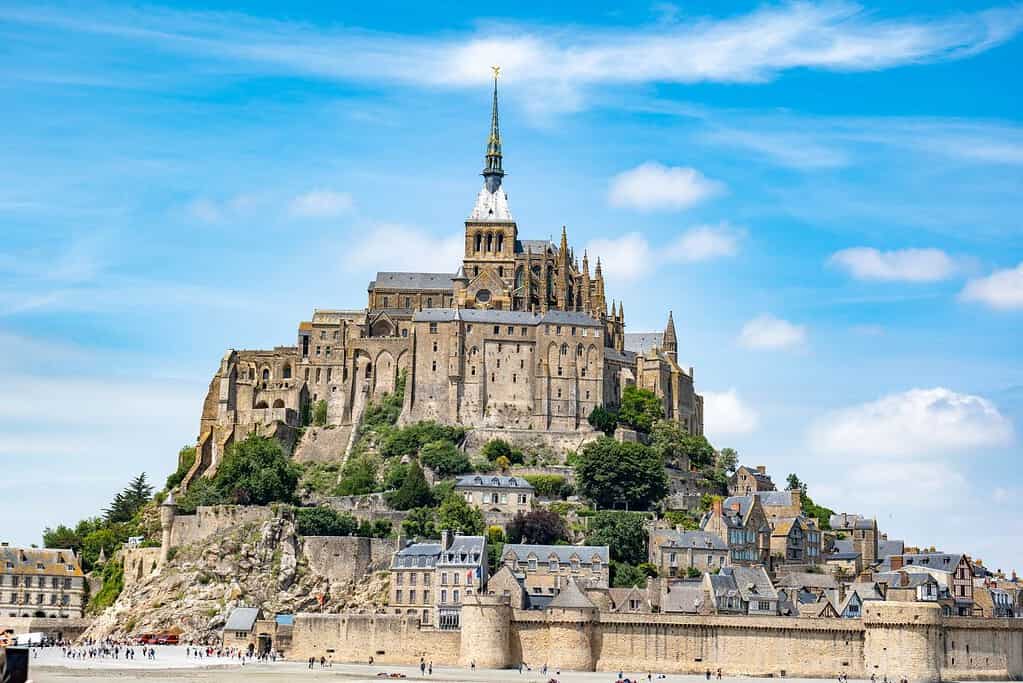
Mont-Saint-Michel and its Bay is a UNESCO World Heritage Site located in France. It is a stunning and iconic island commune on a rocky outcrop in Normandy. The site is known for its magnificent medieval abbey, a masterpiece of Gothic architecture. With its unique location, Mont-Saint-Michel becomes an island during high tide and is connected to the mainland by a causeway during low tide. The bay surrounding the island is known for its remarkable tidal variations, creating a dramatic and ever-changing landscape. Visiting Mont-Saint-Michel and its Bay is like stepping back in time, immersing oneself in history and natural beauty.
Nice, Winter Resort Town of the Riviera
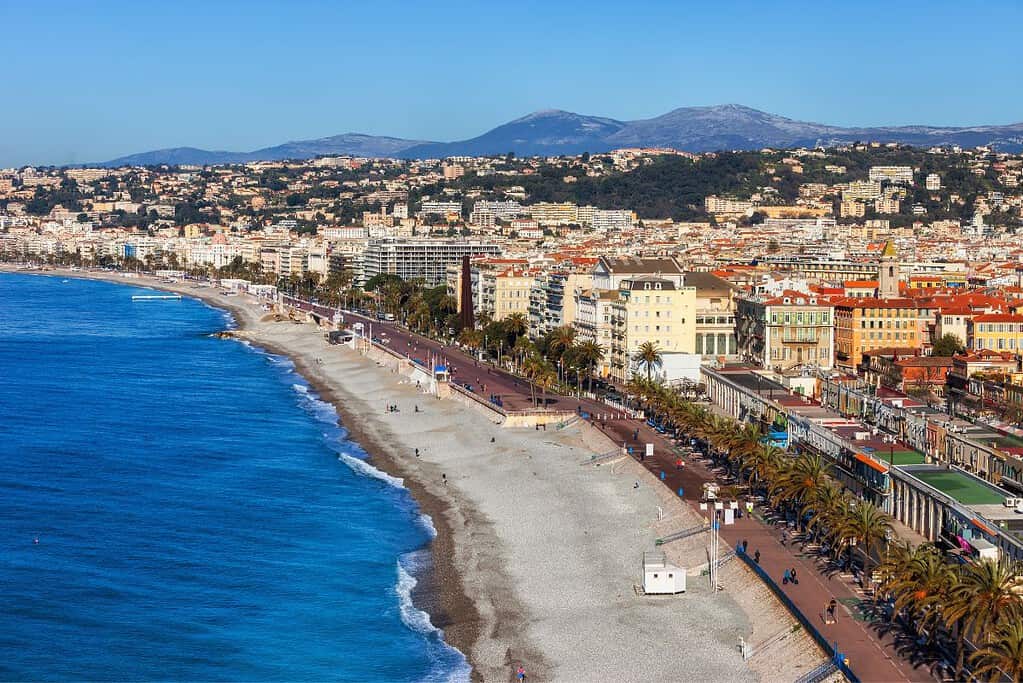
The Winter Resort Town of the Riviera is a charming UNESCO World Heritage Site located along the picturesque coastline of Albania. This town is renowned for its stunning natural beauty and serene atmosphere, making it a popular destination for winter tourism. Nestled amidst majestic mountains and overlooking the azure waters of the Riviera, the town offers a perfect blend of outdoor adventure and relaxation. Visitors can indulge in a variety of winter sports, including skiing and snowboarding, while also enjoying the cozy ambiance of charming chalets and quaint cafes. With its breathtaking scenery and delightful winter activities, the Winter Resort Town of the Riviera is a true gem that captivates visitors all year round.
Nord-Pas de Calais Mining Basin
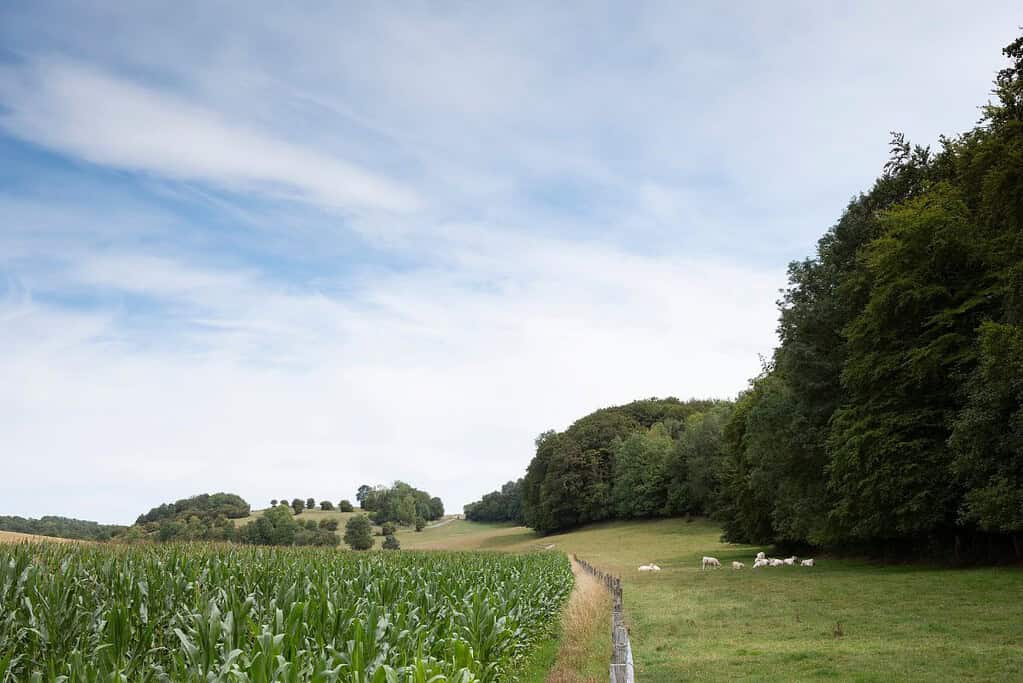
The Nord-Pas de Calais Mining Basin is a collection of UNESCO World Heritage Sites located in northern France. This historic mining region was once the largest coal-producing area in France and played a crucial role in the country’s industrial development. The mining basin comprises a series of unique landscapes and architectural structures, including mining pits, slag heaps, workers’ housing, and industrial infrastructure. These sites are a testament to the industrial heritage and the lives of the miners who worked tirelessly in challenging conditions. Today, the Nord-Pas de Calais Mining Basin serves as a reminder of the region’s rich history and provides a valuable insight into the industrial past of France.
Palace and Park of Fontainebleau
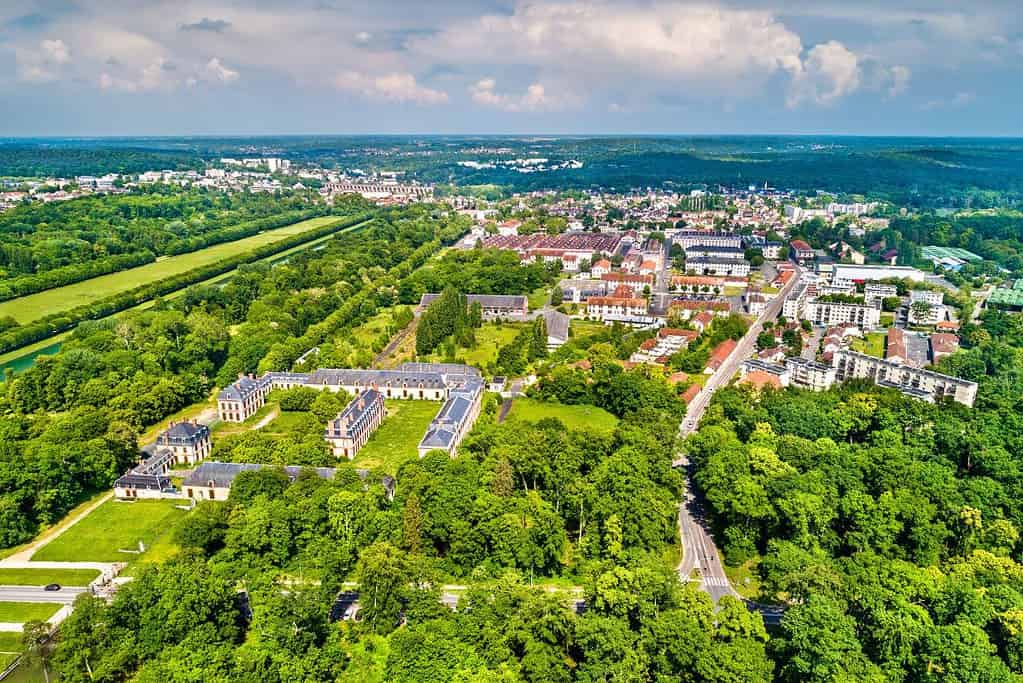
The Palace and Park of Fontainebleau is a UNESCO World Heritage Site located in France. It is a remarkable testament to the country’s rich history and architectural grandeur. The palace itself served as a residence for French monarchs from the 12th century onwards, with each ruler leaving their mark on its design and expansion. The palace showcases various architectural styles, including Renaissance and Classical elements. Its beautifully landscaped park spans over 130 acres, featuring serene gardens, ornamental lakes, and grand avenues. The Palace and Park of Fontainebleau stands as a captivating ensemble of art, history, and natural beauty, offering visitors a glimpse into the grandeur of French royal life.
Palace and Park of Versailles
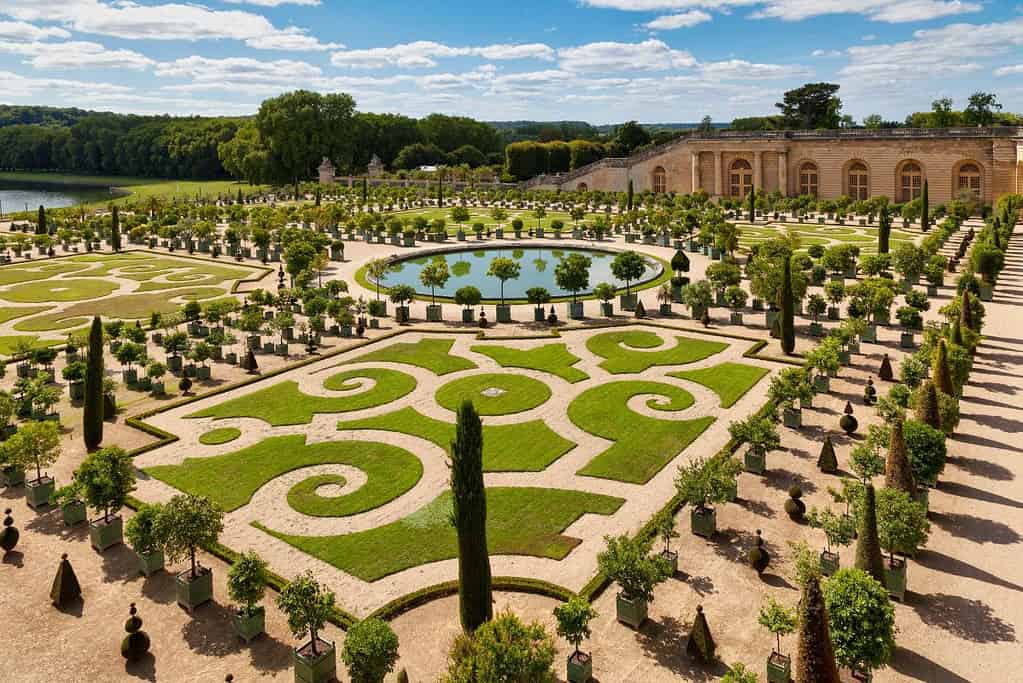
The Palace and Park of Versailles is France’s UNESCO World Heritage Site. It is an exquisite example of Baroque architecture and landscape design. The grandeur of the palace, originally built as a hunting lodge, was expanded by Louis XIV to become the opulent residence of the French monarchy. The palace is adorned with stunning artwork, luxurious furnishings, and intricate details, showcasing the wealth and power of the monarchy. The expansive gardens and park surrounding the palace feature meticulously manicured lawns, elaborate fountains, and enchanting groves, creating a harmonious blend of nature and human creativity. The Palace and Park of Versailles symbolize French artistic and architectural achievements, attracting visitors worldwide with its timeless beauty and historical significance.
Paris, Banks of the Seine
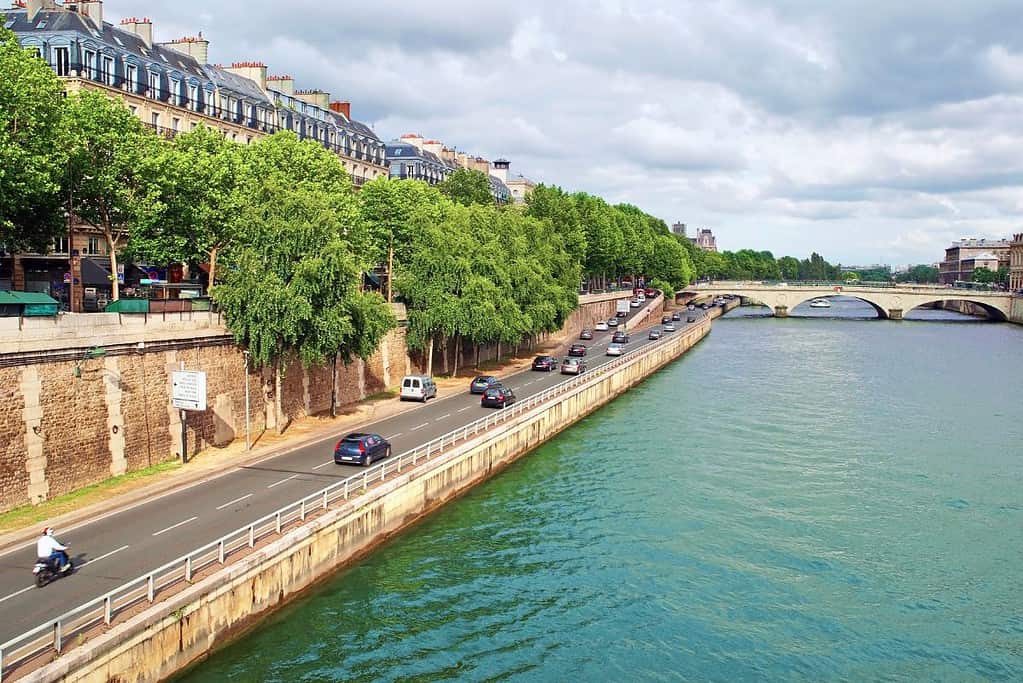
The Banks of the Seine in Paris, France, is a UNESCO World Heritage Site that showcases the city’s rich history and stunning beauty. This iconic site encompasses the scenic banks of the Seine River, which wind through the heart of Paris, passing by some of the most famous landmarks in the world. The site includes a collection of architectural masterpieces, such as the Notre-Dame Cathedral, the Louvre Museum, the Eiffel Tower, and numerous elegant bridges. Strolling along the riverbanks offers breathtaking views of the city’s skyline, charming riverside cafes, and picturesque quays, creating an enchanting atmosphere that has captivated visitors and locals for centuries. The Banks of the Seine epitomize Paris’s timeless allure and cultural significance.
Place Stanislas, Place de la Carrière and Place d’Alliance in Nancy
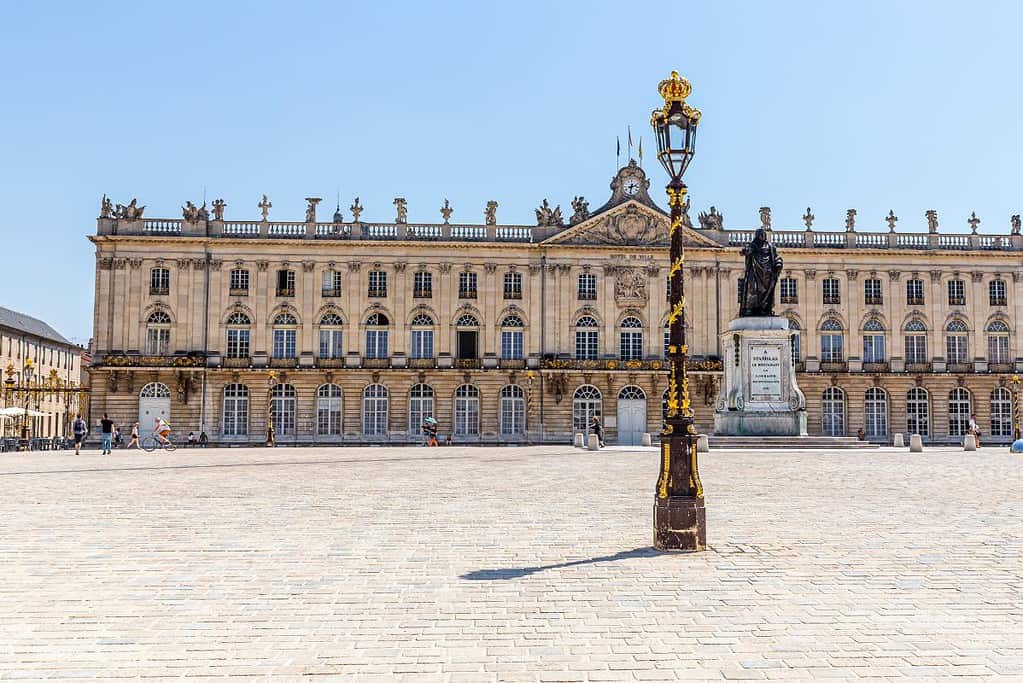
Place Stanislas, Place de la Carrière, and Place d’Alliance are UNESCO World Heritage Sites located in Nancy, France. These magnificent squares showcase the brilliance of 18th-century urban planning and design. Place Stanislas, the centerpiece, is an architectural masterpiece adorned with exquisite statues, fountains, and the stunning City Hall. Place de la Carrière and Place d’Alliance are equally remarkable, featuring elegant facades and harmonious proportions. Together, these squares form a cohesive ensemble that exemplifies the artistic and cultural achievements of the Enlightenment era, making them a must-visit destination for history and architecture enthusiasts alike.
Pont du Gard (Roman Aqueduct)
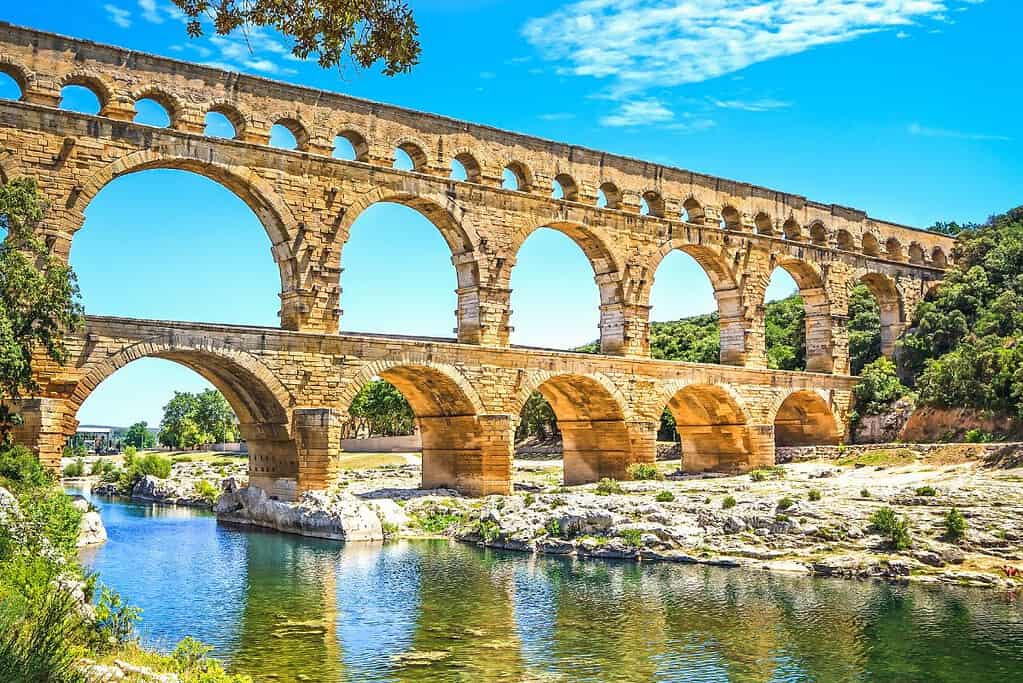
The Pont du Gard is a remarkable UNESCO World Heritage Site in France. This ancient Roman aqueduct spans the Gardon River and is a testament to the architectural genius of the Roman Empire. Built-in the 1st century AD, it served as a crucial water supply system for Nîmes. The Pont du Gard is an awe-inspiring example of Roman engineering, with three tiers of arches that showcase the exceptional craftsmanship of the time. Today, visitors can marvel at its grandeur and appreciate its historical significance as a symbol of human ingenuity and the enduring legacy of the Roman civilization.
Prehistoric Pile Dwellings around the Alps
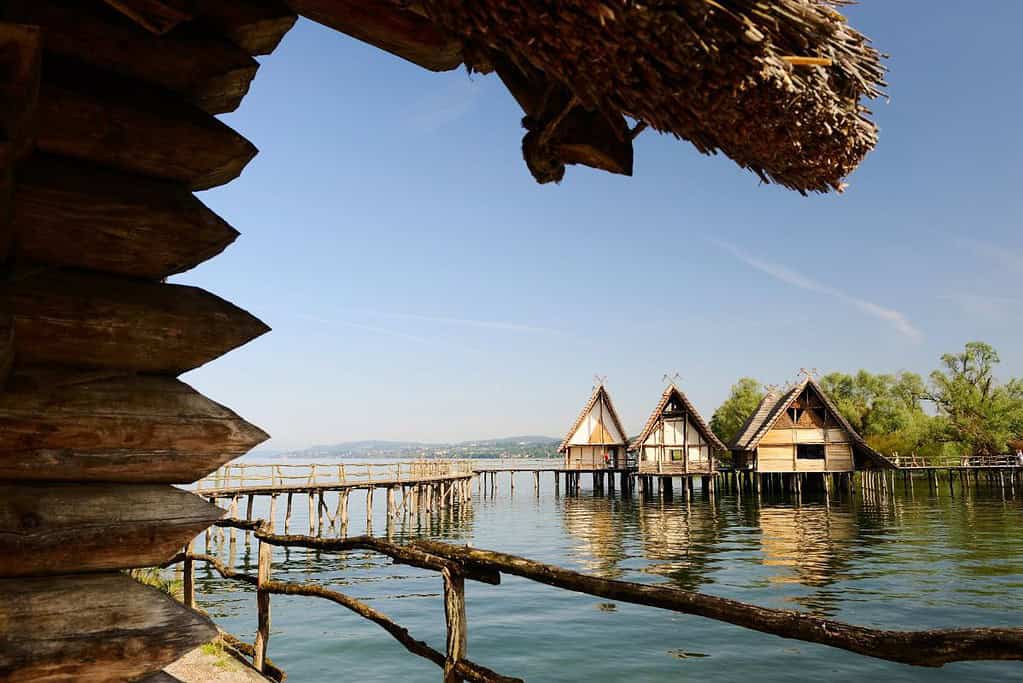
The Prehistoric Pile Dwellings around the Alps is a collection of UNESCO World Heritage Sites in several countries surrounding the Alps. These sites consist of prehistoric settlements built on wooden stilts or piles situated in lakes, marshes, and rivers. The dwellings offer valuable insights into the daily lives and cultural practices of the communities that inhabited these areas thousands of years ago. The sites are exceptionally well-preserved and provide a glimpse into these ancient societies’ architecture, agriculture, and resource management systems. They serve as a testament to our ancestors’ innovative and adaptive skills, highlighting the importance of safeguarding our shared human heritage.
Prehistoric Sites and Decorated Caves of the Vézère Valley
The Prehistoric Sites and Decorated Caves of the Vézère Valley are a collection of UNESCO World Heritage Sites located in the Vézère Valley region of France. This remarkable archaeological landscape is renowned for its exceptional concentration of prehistoric sites and caves, providing valuable insights into early humans’ lives and artistic expressions. The Vézère Valley is home to numerous decorated caves, including the famous Lascaux Cave, where intricate and vivid cave paintings dating back over 17,000 years have been discovered. These sites serve as a testament to our ancient ancestors’ incredible artistic and cultural achievements, offering a glimpse into the rich history of human civilization.
Provins, Town of Medieval Fairs
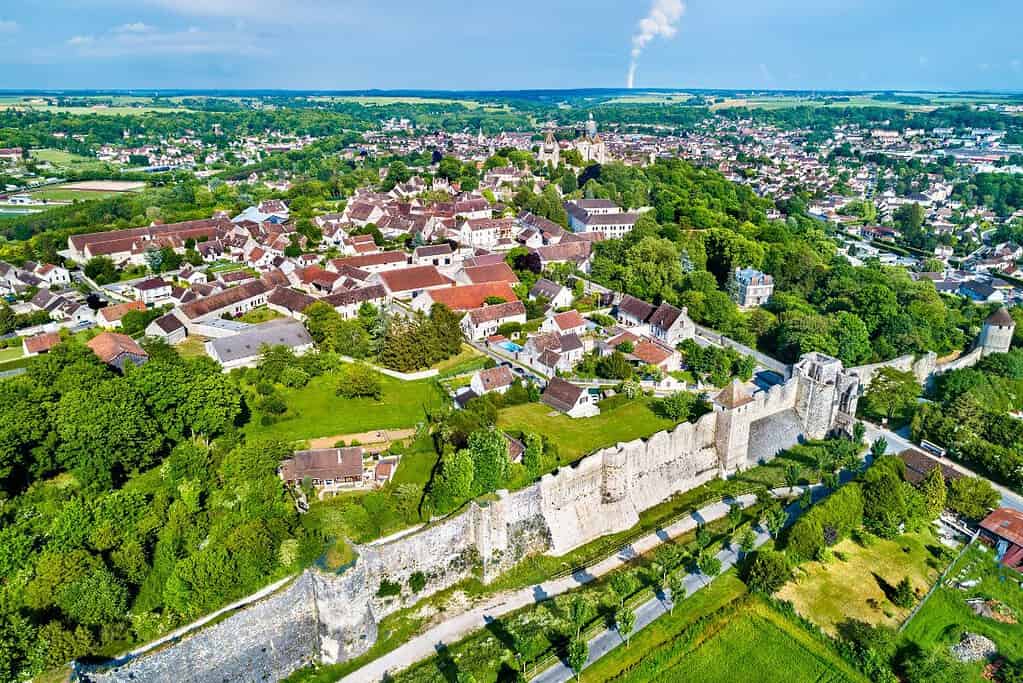
Provins, Town of Medieval Fairs, is France’s UNESCO World Heritage Site. This enchanting town takes visitors back to the Middle Ages, with its well-preserved medieval architecture and rich historical heritage. Known for its bustling fairs that attracted merchants from all over Europe, Provins offers a captivating glimpse into the medieval era. Stroll through its narrow cobbled streets, admire the stunning timber-framed houses, and explore the impressive ramparts and towers that once protected the town. With its charming atmosphere and fascinating history, Provins truly transports visitors to a bygone era of knights, troubadours, and vibrant market festivities.
Roman Theatre and its Surroundings and the “Triumphal Arch” of Orange
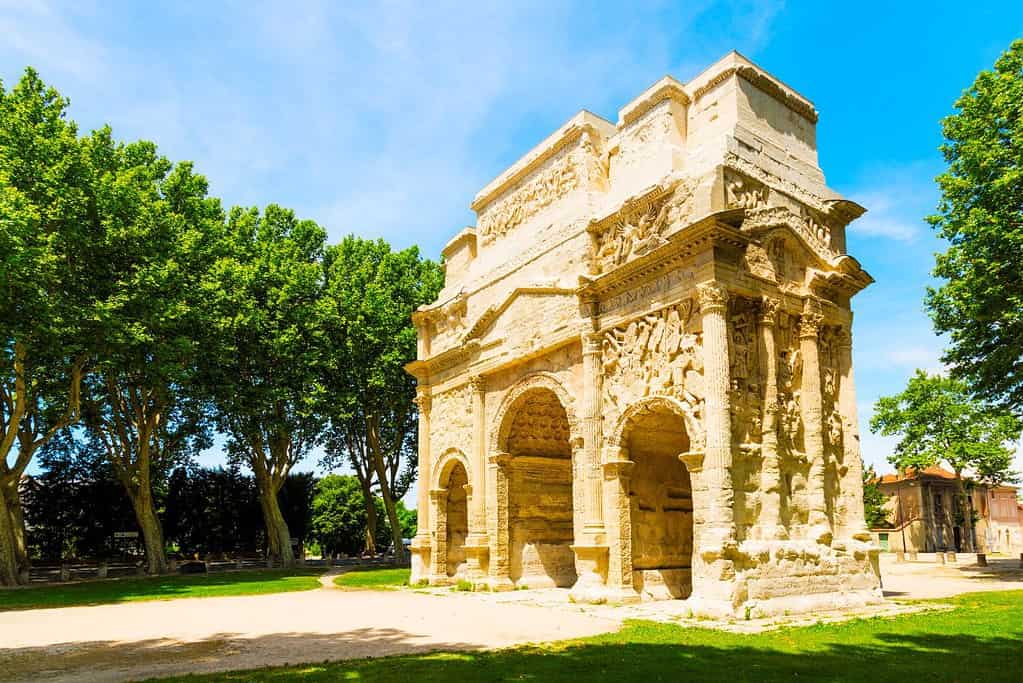
The Roman Theatre, its Surroundings, and the “Triumphal Arch” of Orange are UNESCO World Heritage Sites in France. The Roman Theatre of Orange is a well-preserved ancient theater that dates back to the 1st century AD. It is known for its remarkable architecture and impressive stage wall, one of the few surviving examples of its kind. The theater continues to host performances and cultural events to this day. The “Triumphal Arch” of Orange, also known as the Arch of Orange, is an iconic Roman monument symbolizing triumph and power. It was built to commemorate the victories of the Roman army and displays intricate carvings and reliefs depicting scenes from Roman mythology and history. Both sites are significant historical and cultural treasures, offering visitors a glimpse into the rich legacy of the Roman Empire.
Routes of Santiago de Compostela in France
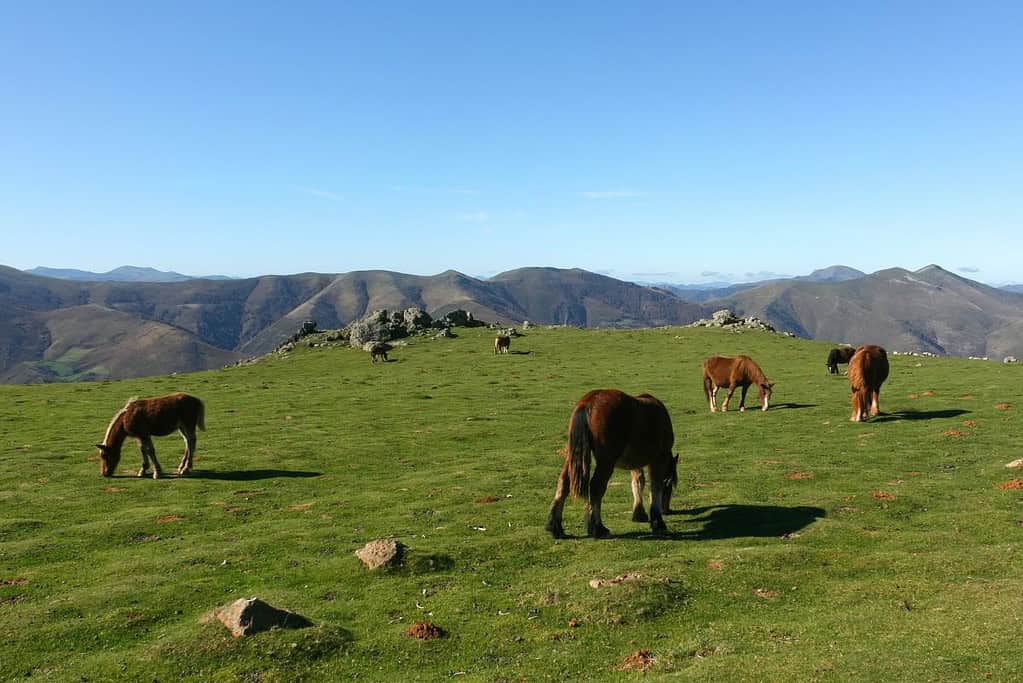
The Routes of Santiago de Compostela in France comprise a collection of UNESCO World Heritage Sites that trace the historic pilgrimage routes leading to the holy city of Santiago de Compostela in Spain. These routes have been followed by countless pilgrims since the 9th century, attracting people from diverse backgrounds and cultures. The sites in France include beautiful medieval towns, picturesque landscapes, and remarkable religious monuments such as churches, abbeys, and chapels. These locations hold immense cultural and historical significance, offering pilgrims and visitors a profound and enriching experience as they journey along the sacred paths toward Santiago de Compostela.
Strasbourg, Grande-Île and Neustadt
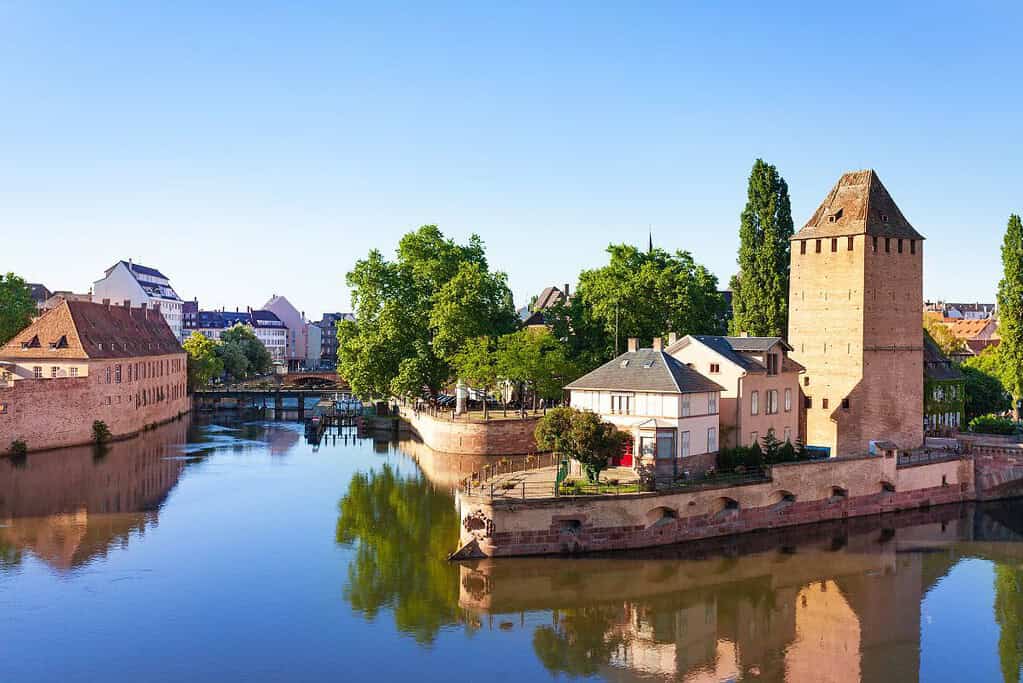
Strasbourg, Grande-Île, and Neustadt are UNESCO World Heritage Sites located in Strasbourg, France. The city’s historic center, Grande-Île, is a small island surrounded by the Ill River. It is renowned for its well-preserved medieval architecture, charming streets, and picturesque canals. The Grande-Île is home to notable landmarks such as the stunning Strasbourg Cathedral, a masterpiece of Gothic architecture, and the historic Maison Kammerzell. On the other hand, Neustadt is an extension of the city built during the German annexation period. It showcases an impressive blend of architectural styles, including Art Nouveau and Neo-Gothic, with wide boulevards and grand buildings such as the Palais du Rhin. Together, Strasbourg, Grande-Île, and Neustadt offer visitors a captivating journey through centuries of architectural and cultural heritage.
Taputapuātea
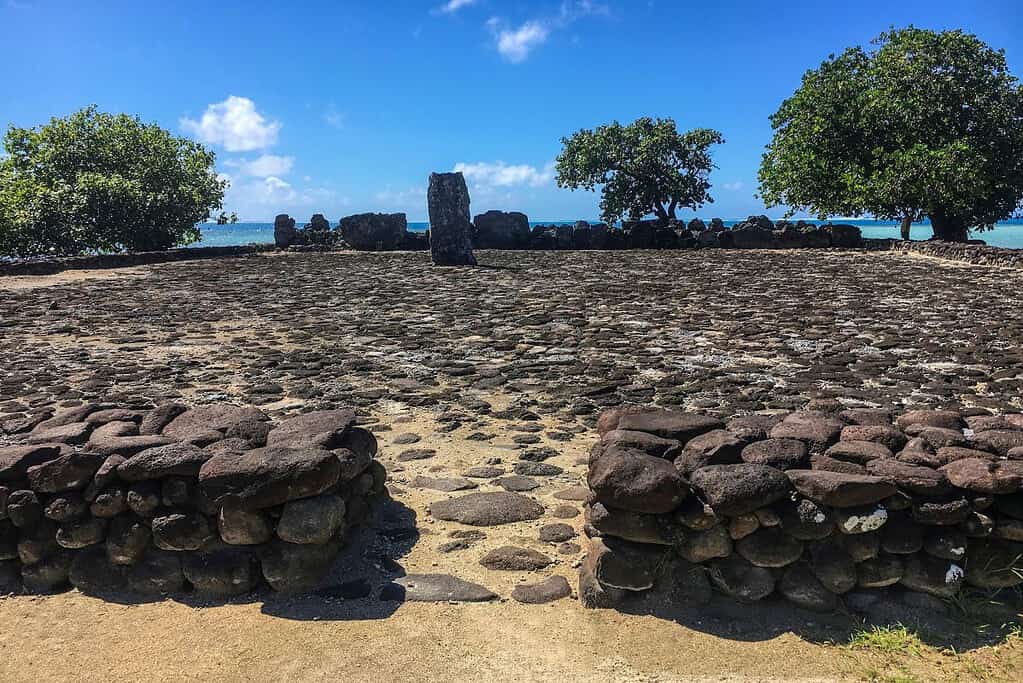
Taputapuātea is a UNESCO World Heritage Site located in French Polynesia. It is a sacred cultural landscape with significant historical and spiritual importance for Polynesians. The site encompasses the entire island of Ra’iātea and its surrounding marine areas. Taputapuātea was once a central hub for navigation and religious ceremonies, serving as the spiritual and political center of the region. It features stone marae (sacred platforms), ancient temples, and other cultural artifacts that highlight the rich cultural heritage of the Polynesian civilization. The site is a testament to the ancestral traditions and beliefs of the Polynesian people and serves as a living link to their past.
The Architectural Work of Le Corbusier, an Outstanding Contribution to the Modern Movement
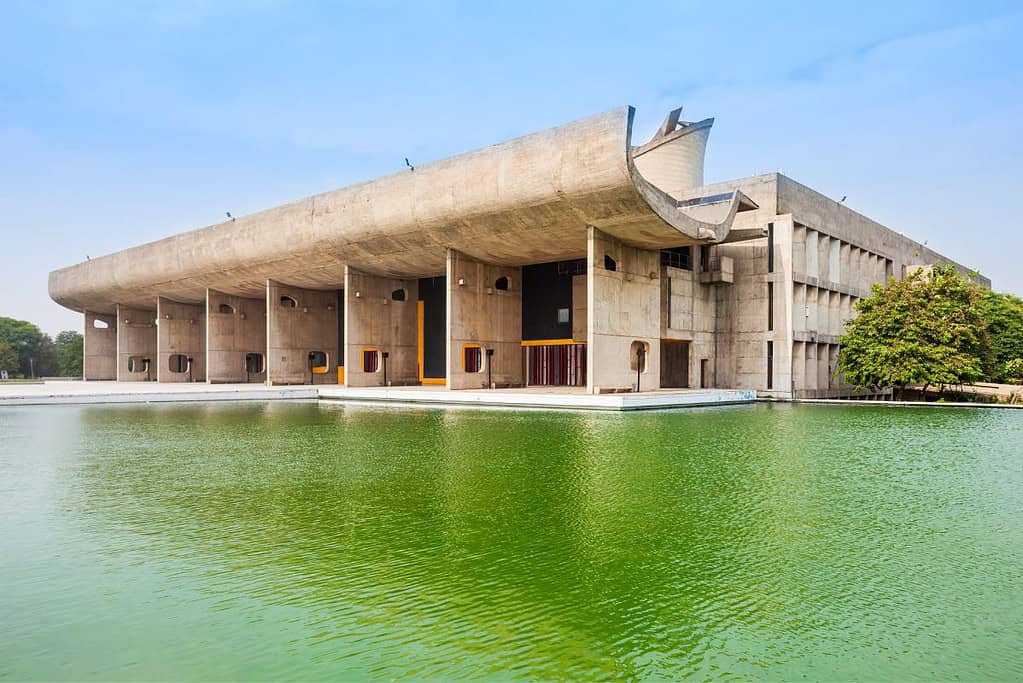
The Architectural Work of Le Corbusier, an Outstanding Contribution to the Modern Movement, is a collection of 17 sites in France that have been designated as UNESCO World Heritage Sites. These sites showcase the innovative and influential architectural designs of the renowned Swiss-French architect Le Corbusier. His work during the 20th century played a significant role in shaping modern architecture and urban planning. The sites include iconic structures such as Villa Savoye in Poissy, Notre-Dame-du-Haut in Ronchamp, and the Unité d’Habitation in Marseille. Le Corbusier’s creations are characterized by their functional and minimalist design principles, the innovative use of materials, and the harmony between architecture and nature. These UNESCO sites stand as a testament to Le Corbusier’s enduring legacy and profound impact on the field of architecture.
The Causses and the Cévennes, Mediterranean agro-pastoral Cultural Landscape
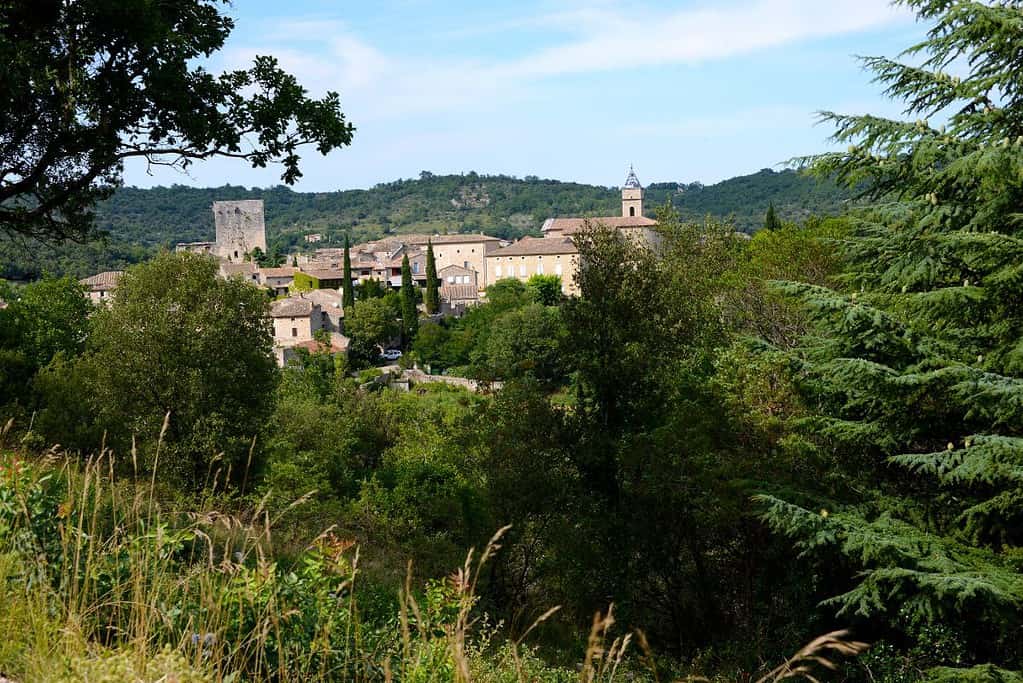
The Causses and the Cévennes, a Mediterranean agro-pastoral Cultural Landscape, is a UNESCO World Heritage Site in southern France. This unique landscape is characterized by its rich agricultural practices and pastoral traditions, which have shaped the region for centuries. The site encompasses diverse ecosystems, including limestone plateaus, deep valleys, and rocky slopes, all interwoven with traditional agricultural terraces and stone walls. The area’s harmonious coexistence of humans and nature is exemplified by the extensive network of shepherd trails and the well-preserved vernacular architecture of the villages. The Causses and the Cévennes represent the enduring relationship between people and their environment, making it a remarkable cultural and natural heritage site.
The Climats, terroirs of Burgundy
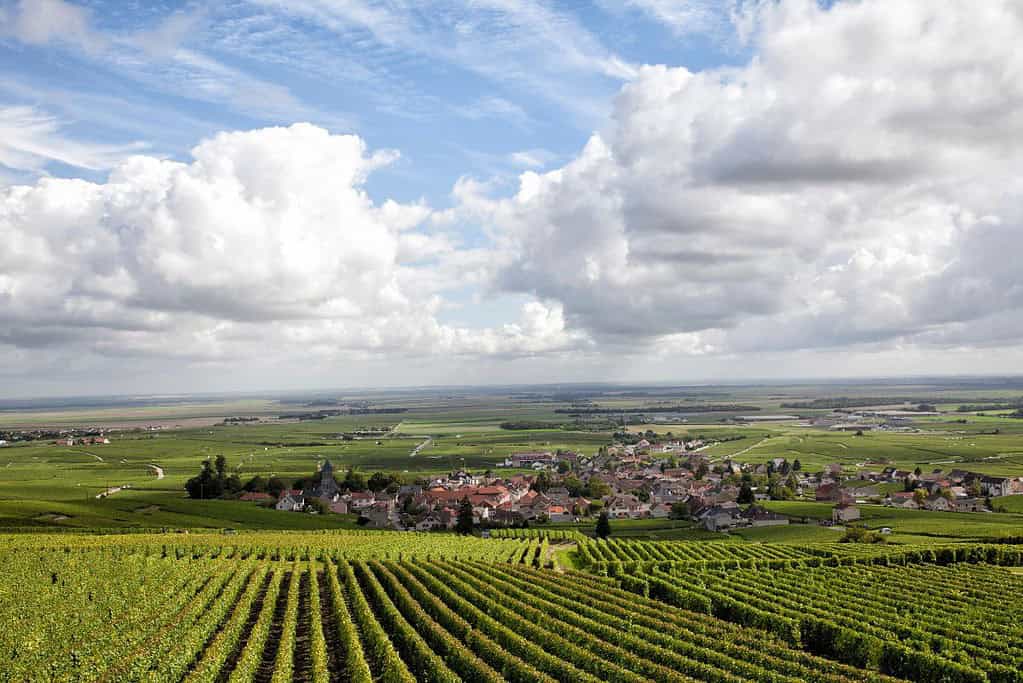
The Climats, terroirs of Burgundy, is a collection of vineyards and wine-growing regions in Burgundy, France, recognized as a UNESCO World Heritage Site. These vineyards have a rich history dating back to the Middle Ages and are known for producing some of the finest wines in the world. The unique combination of soil, climate, and winemaking traditions in each climate contributes to the distinct character and quality of the wines produced there. The landscape has picturesque villages, ancient stone walls, and carefully tended vineyards, creating a captivating and culturally significant wine-growing heritage. The Climats of Burgundy is a testament to the harmonious relationship between humans and the land, and they continue to be cherished and celebrated by wine enthusiasts and connoisseurs around the globe.
The Great Spa Towns of Europe
The Great Spa Towns of Europe in France are a collection of UNESCO World Heritage Sites that showcase these iconic destinations’ rich history and cultural significance. These spa towns, including Vichy, Aix-les-Bains, and Evian-les-Bains, have long been renowned for their healing waters and elegant architecture. Visitors can immerse themselves in the tranquil ambiance of these towns, indulging in rejuvenating spa treatments and exploring the charming streets lined with grand Belle Époque buildings. The Great Spa Towns of Europe in France offer a unique blend of relaxation, history, and natural beauty, making them a must-visit for those seeking a truly revitalizing experience.
The Loire Valley between Sully-sur-Loire and Chalonnes
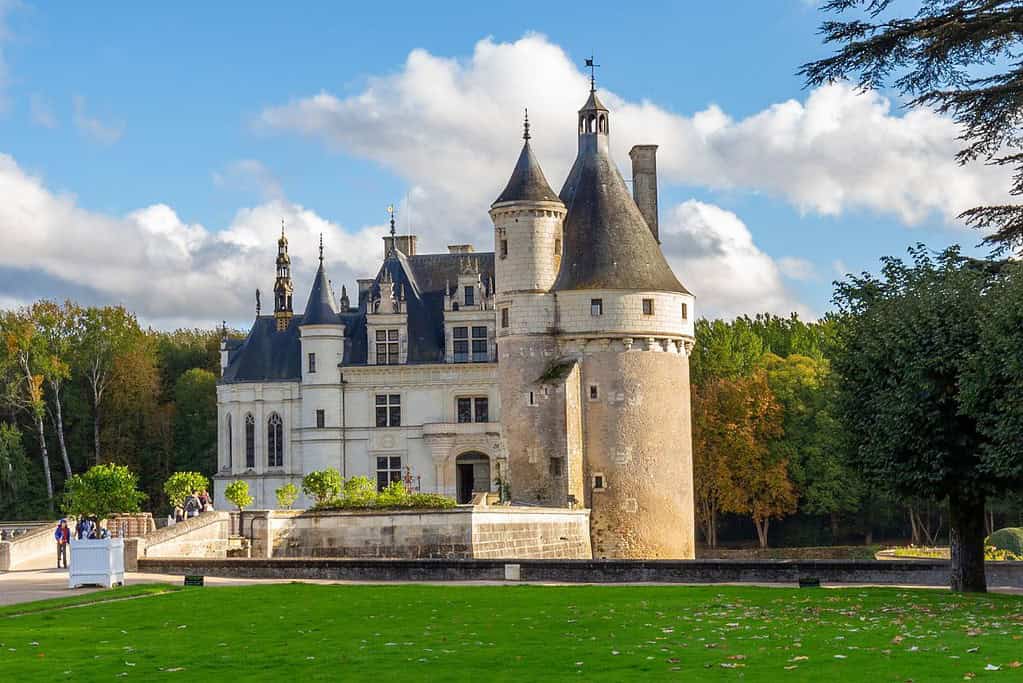
The Loire Valley between Sully-sur-Loire and Chalonnes is a UNESCO World Heritage site of remarkable beauty and historical significance. Nestled along the banks of the majestic Loire River in France, this enchanting region is renowned for its picturesque landscapes, charming towns, and magnificent châteaux. The valley is dotted with stunning architectural masterpieces, including the renowned Château de Chambord, Château de Chenonceau, and Château d’Amboise, which showcase the opulence and grandeur of the Renaissance period. With its harmonious blend of nature and culture, the Loire Valley offers visitors a captivating journey through history, art, and the natural wonders of this captivating region.
Vézelay, Church, and Hill
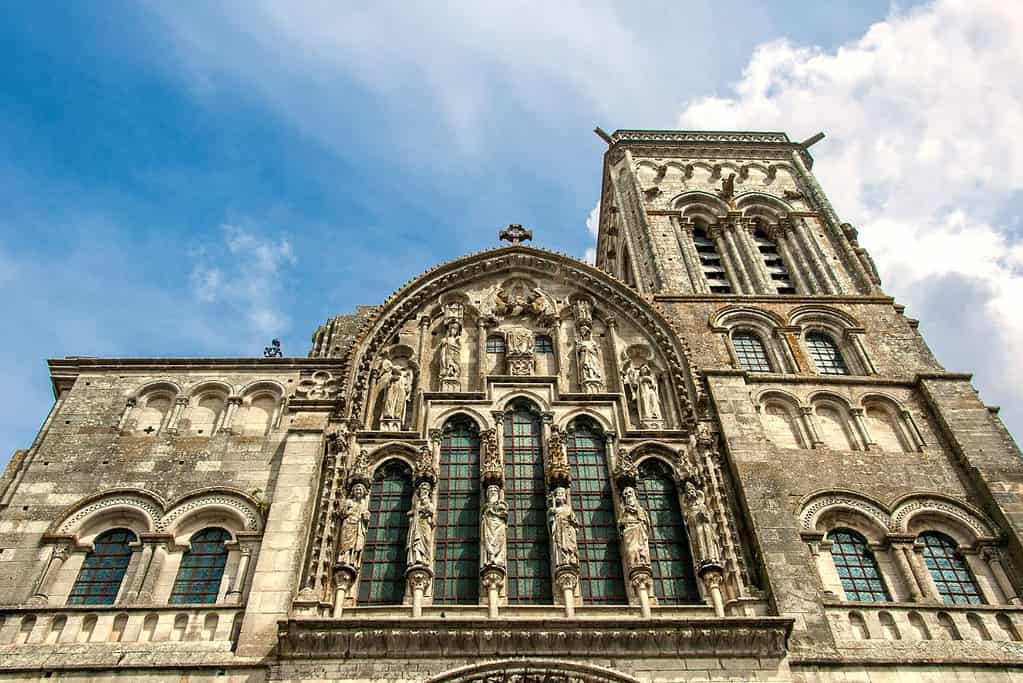
Vézelay, Church, and Hill are a UNESCO World Heritage Site located in the Burgundy region of France. It is renowned for its majestic Romanesque basilica, the Basilique Sainte-Marie-Madeleine, which sits atop a picturesque hill overlooking the countryside. The church is a masterpiece of medieval architecture, known for its intricate sculptures, grand nave, and stunning stained glass windows. The hill on which the church is situated offers breathtaking views and has been a place of pilgrimage for centuries. Vézelay, Church, and Hill is a testament to the artistic and architectural achievements of the past and a place of spiritual significance and cultural heritage.
Ancient and Primeval Beech Forests of the Carpathians and Other Regions of Europe

The Ancient and Primeval Beech Forests of the Carpathians and Other Regions of Europe are a collection of UNESCO World Heritage Sites across several European countries. These forests are exceptional examples of undisturbed, primeval beech ecosystems that have remained virtually untouched for centuries. The sites showcase the remarkable biodiversity and ecological processes that have shaped these ancient forests. With their towering beech trees, diverse plant and animal species, and pristine landscapes, these forests provide invaluable scientific and educational resources and offer breathtaking natural beauty to visitors. Preserving these unique ecosystems is crucial for conserving Europe’s natural heritage and protecting its irreplaceable ecological treasures.
Chaîne des Puys – Limagne fault tectonic arena
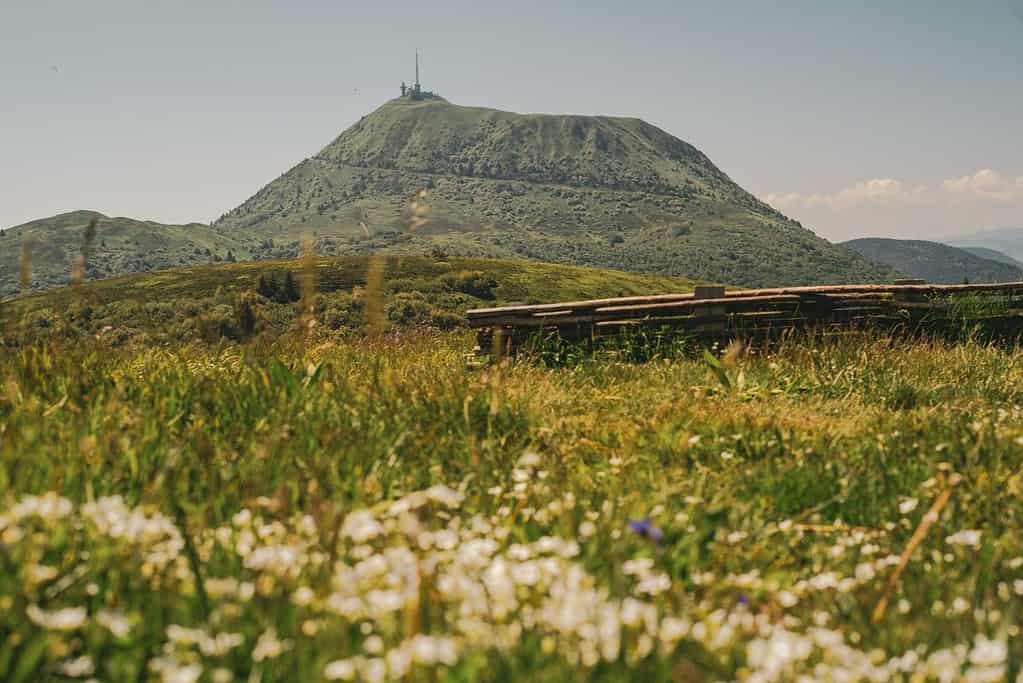
The Chaîne des Puys – Limagne fault tectonic arena is a UNESCO World Heritage Site in France. This remarkable site showcases the natural beauty and geological significance of the area. The landscape features a chain of volcanic mountains known as the Chaîne des Puys, formed by a series of volcanic eruptions over thousands of years. These volcanoes and the Limagne fault, a major tectonic fault line, create a unique and visually striking tectonic arena. Visitors can explore the diverse volcanic features, such as crater lakes, lava flows, and domes while witnessing the dynamic geological processes that have shaped this extraordinary landscape. The Chaîne des Puys – Limagne fault tectonic arena is a true testament to the Earth’s powerful forces and offers an incredible glimpse into our planet’s geological history.
French Austral Lands and Seas

Les Terres et Mers Australes Françaises sont des sites inscrits au patrimoine mondial de l’UNESCO. Situées dans le sud de l’océan Indien, ces terres et mers présentent une biodiversité extraordinaire et unique. Elles comprennent les îles Crozet, les îles Kerguelen, les îles Saint-Paul et Nouvelle-Amsterdam, ainsi que les Terres australes et antarctiques françaises. Ces sites abritent des espèces animales et végétales rares et menacées, notamment des oiseaux marins, des manchots, des phoques et des baleines. La région est également d’une grande importance scientifique, offrant des opportunités uniques pour l’étude des écosystèmes polaires et des changements climatiques. Les Terres et Mers Australes Françaises sont un trésor naturel exceptionnel à préserver pour les générations futures.
Gulf of Porto: Calanche of Piana, Gulf of Girolata, Scandola Reserve
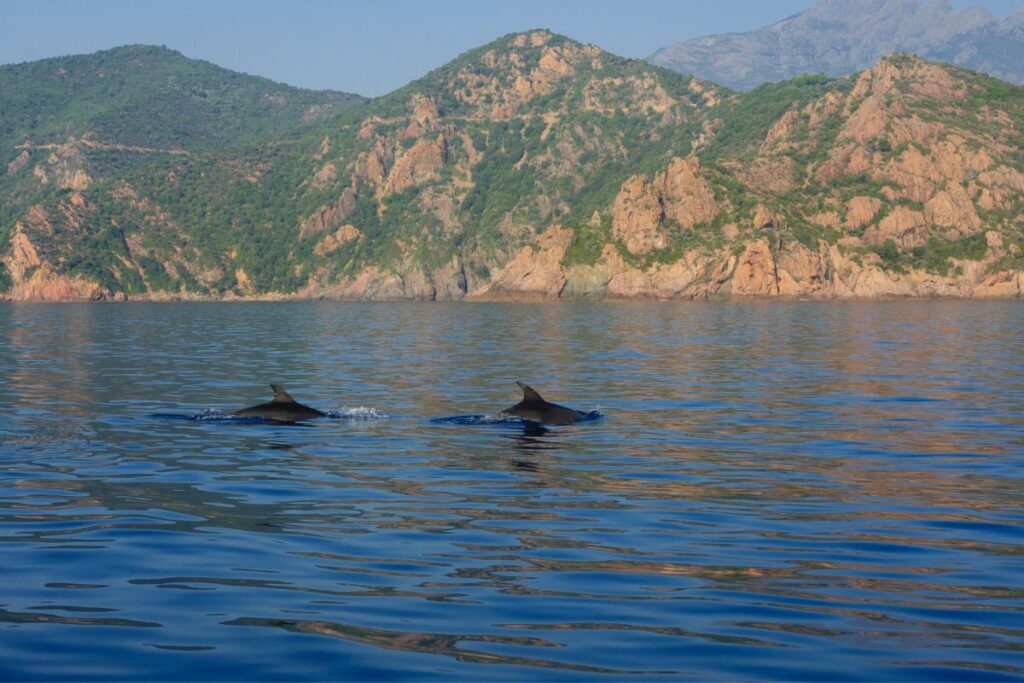
The Gulf of Porto in Corsica, France, is a breathtaking UNESCO World Heritage Site that showcases the stunning beauty of nature. The Gulf comprises three distinct areas: the Calanche of Piana, the Gulf of Girolata, and the Scandola Reserve. The Calanche of Piana is known for its impressive red granite rock formations that rise dramatically from the turquoise waters, creating a mesmerizing landscape. The Gulf of Girolata features a picturesque fishing village nestled within a secluded bay, surrounded by lush greenery and cliffs. Lastly, the Scandola Reserve is a pristine nature reserve, renowned for its rich biodiversity, towering cliffs, and vibrant marine life. Together, these sites in the Gulf of Porto offer visitors an unforgettable experience of Corsica’s natural wonders.
Lagoons of New Caledonia: Reef Diversity and Associated Ecosystems
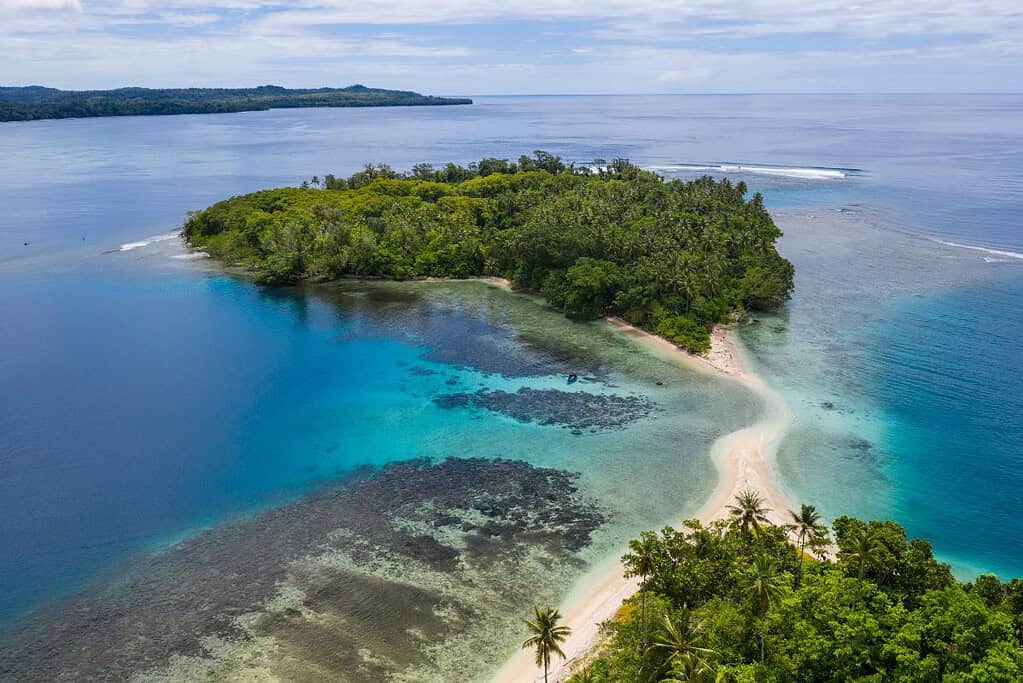
The Lagoons of New Caledonia: Reef Diversity and Associated Ecosystems is a collection of UNESCO World Heritage Sites located in New Caledonia, a French territory in the Pacific Ocean. These lagoons are known for their exceptional biodiversity and vibrant reef systems. They feature a wide array of coral reefs, seagrass beds, mangroves, and diverse marine species, making them a haven for marine life. The lagoons provide important habitats for endangered species, such as dugongs and sea turtles. This remarkable natural heritage showcases the ecological richness and importance of preserving these unique and fragile ecosystems in New Caledonia.
Pitons, cirques and remparts of Reunion Island
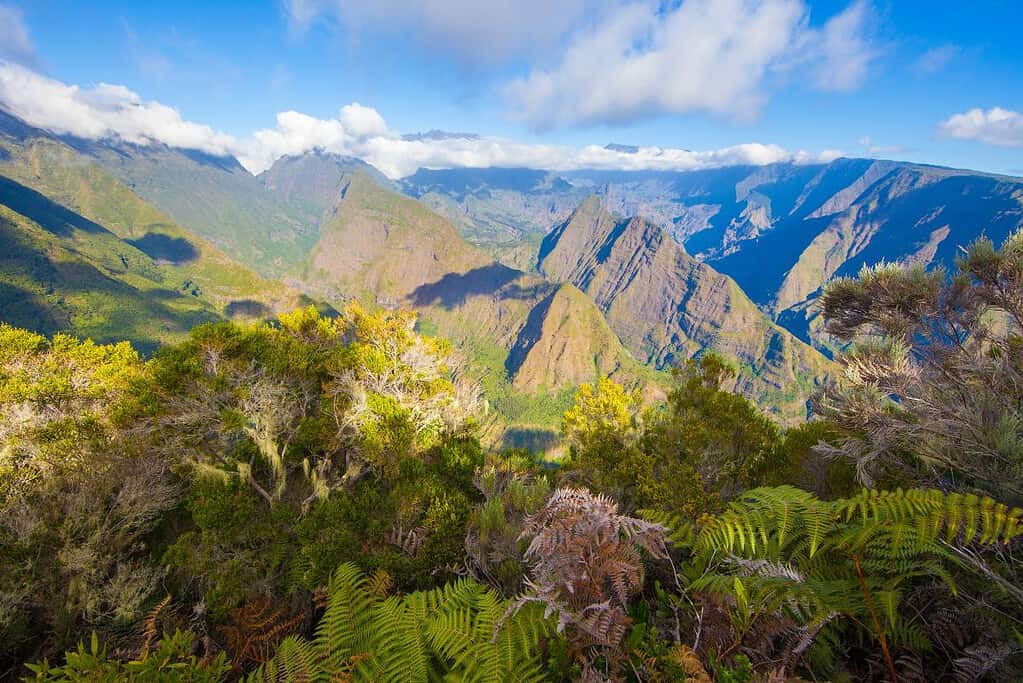
The Pitons, Cirques and Remparts of Reunion Island are UNESCO World Heritage Sites located in the French overseas department of Reunion Island. This stunning natural landscape showcases the island’s volcanic origins and unique geological formations. The site includes two towering volcanic peaks called Piton des Neiges and Piton de la Fournaise, which are among the most impressive in the world. The three natural amphitheaters, known as cirques, are Cirque de Salazie, Cirque de Cilaos, and Cirque de Mafate, each with its own distinct character and breathtaking beauty. The rugged remparts, or cliffs, add an additional layer of grandeur to the landscape. This UNESCO site is a haven for hikers and nature enthusiasts, offering remarkable views, diverse ecosystems, and an unparalleled sense of natural wonder.
Pyrénées – Mont Perdu
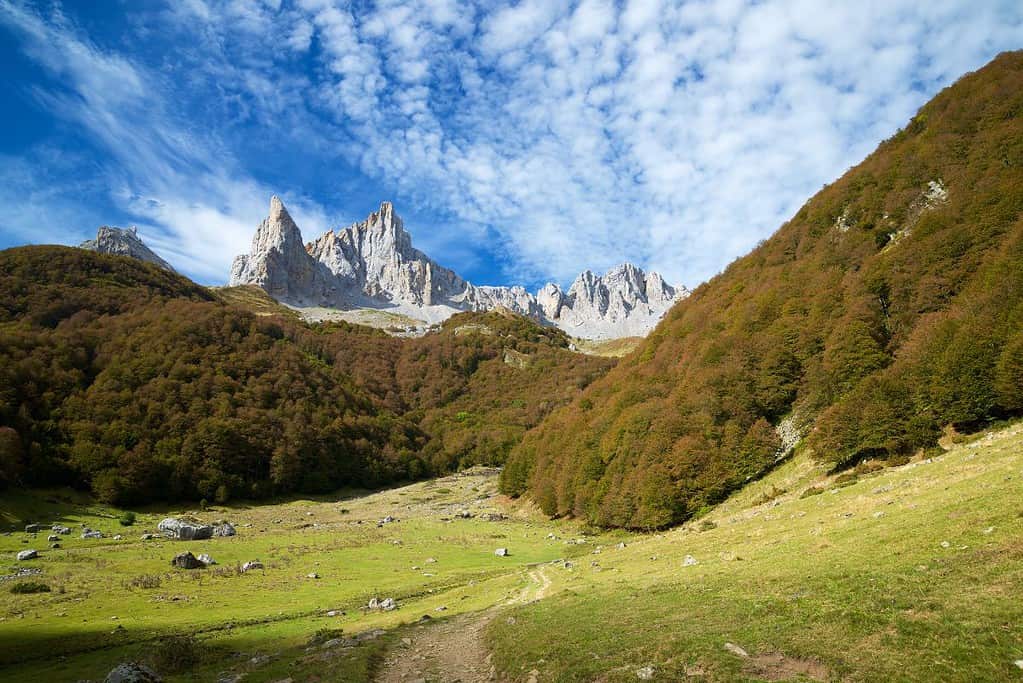
Pyrénées – Mont Perdu is a UNESCO World Heritage Site located in the Pyrenees Mountains, straddling the border between France and Spain. This stunning natural landscape encompasses a diverse range of ecosystems, including high mountain peaks, deep canyons, and lush valleys. The site is known for its exceptional biodiversity and breathtaking scenery. It is home to rare and endangered species, such as the brown bear and the Pyrenean chamois. The cultural heritage of the area is equally remarkable, with ancient pastoral traditions and historic villages nestled within the mountains. The Pyrénées – Mont Perdu is a paradise for outdoor enthusiasts, offering hiking trails, mountaineering opportunities, and awe-inspiring panoramic views.
France UNESCO tentative list
- Sites mégalithiques de Carnac
- Cathédrale de Saint-Denis
- Rouen : ensemble urbain à pans de bois, cathédrale, église Saint-Ouen, église Saint Maclou
- Château de Vaux-le-Vicomte
- Les villes bastionnées des Pays-Bas du nord-ouest de l’Europe
- Montagne Sainte-Victoire et sites cézaniens
- Ensemble de grottes à concrétions du Sud de la France
- Parc national de la Vanoise
- Massif du Mont Blanc
- La Camargue
- Bouches de Bonifacio
- Parc national des Écrins
- Parc national de Port-Cros
- Marais salants de Guérande
- Le rivage méditerranéen des Pyrénées
- Rade de Marseille
- Les villes antiques de la Narbonnaise et leur territoire : Nîmes, Arles, Glanum, aqueducs, via Domitia
- Le chemin de fer de Cerdagne
- Office National d’Etudes et de Recherches Aérospatiales, Meudon
- Hangar Y
- Ancienne chocolaterie Menier à Noisiel
- Centre ancien de Sarlat
- Arsenal de Rochefort et fortifications de l’estuaire de la Charente
- Les Iles Marquises
- Nîmes, l’Antiquité au présent
- Aires volcaniques et forestières de la Martinique
- Metz Royale et Impériale, enjeux de pouvoir, confrontations stylistiques et identité urbaine
- Les Plages du Débarquement, Normandie
- Sites funéraires et mémoriels de la Première Guerre mondiale (Front Ouest)
- Les Alpes de la Méditerranée
- Cité de Carcassonne et ses châteaux sentinelles de montagne
- Le Charolais-Brionnais, paysage culturel de l’élevage bovin
- Domaine de Fontainebleau : château, jardins, parc et forêt
- Les témoignages matériels de la construction de l’État des Pyrénées : la Co-principauté d’Andorre
- Saint-Honorat, Île monastique de l’archipel de Lérins à Cannes
- L’observatoire du pic du Midi de Bigorre, pionnier en haute montagne
Tours in France
Our choices of tours in France are divided into thematic features such as Paris, Loire Valley, and Bordeaux Experience.
